TERRITORIOS VACÍOS
Ariel Ballester es un fotógrafo contemporáneo en el exacto sentido que Giorgio Agamben adjudica a “aquel que recibe en pleno rostro el haz de tiniebla que proviene de su tiempo”. Formula su discurso aunando lo sensible y lo inteligible a través de imágenes que se asientan sobre la fractura, sobre una interrogación liminar entre el pasado y el presente.
Las tinieblas, las rectas y las curvas que nos presenta en los territorios vacíos permiten vislumbrar metáforas que entremezclan las realidades allí vividas y nuestra propia imaginación. Las texturas encarnan no sólo lo cimentado y palpado, sino también, lo susurrado y lo gritado; dotan así a la ruina de los tiempos, de las huellas fantasmáticas de los acontecimientos acaecidos y, también, de su derrumbe. Sus fotografías, entonces, nos informan sobre sus sombras. La espectralidad comienza cuando todo ha terminado y, convierte a quien invade la morada, en un investigador que busca hallazgos; condición, por otra parte, ontológica de la fotografía.
El encuadre es el primer recurso de restricción de la información. El ojo mira y la cámara se encarga de almacenar lo que la vista observa. El acontecimiento ya no está en su lugar de origen, está resguardado, a través de la mirada, en la cámara. El gesto del encuadre incluye pues el riesgo, el peligro de mostrarle al otro una subjetiva visión del suceso. Sus elecciones formales y significantes resultan así un acto de resistencia que despliega en el presente la memoria ya que la ruina conforma la evocación y la ingresa en la historia. Sus fotografías condensan una multiplicidad de gestos que representan el momento pasado y el actual.
Vista la enunciación como una urdimbre entre la referencia a lo externo y su materialización a través de una interioridad, Rupturas visibiliza, de este modo, a un autor que concierta los aspectos documentales con el dominio de la experiencia estética. Justamente, desde su narrativa, Ballester convoca a una pensatividad que surge de indeterminaciones, pliegues y tensiones entre lo dicho y lo no dicho. Anida, al mismo tiempo, una mirada hacia el futuro, un atisbo hacia el devenir.
Alejandra Niedermaier
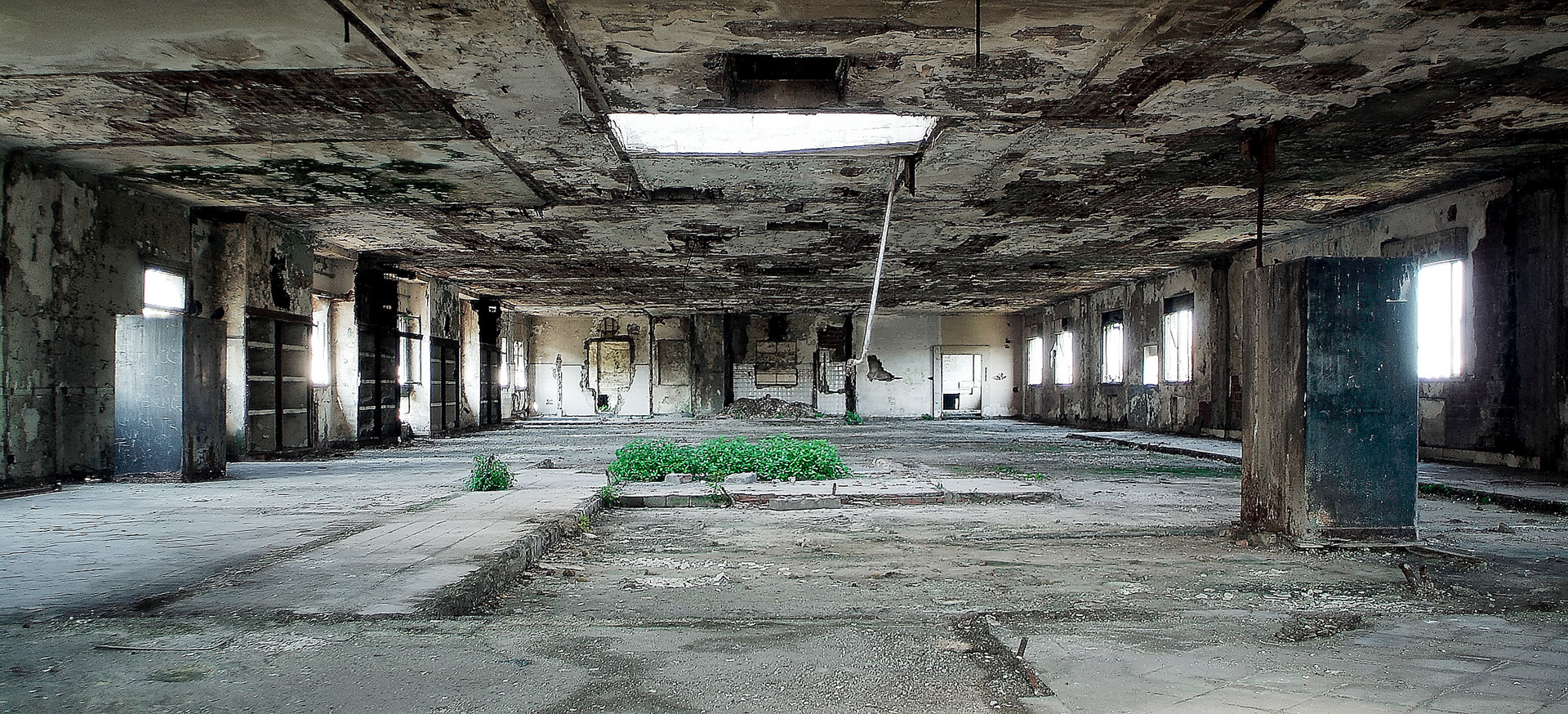




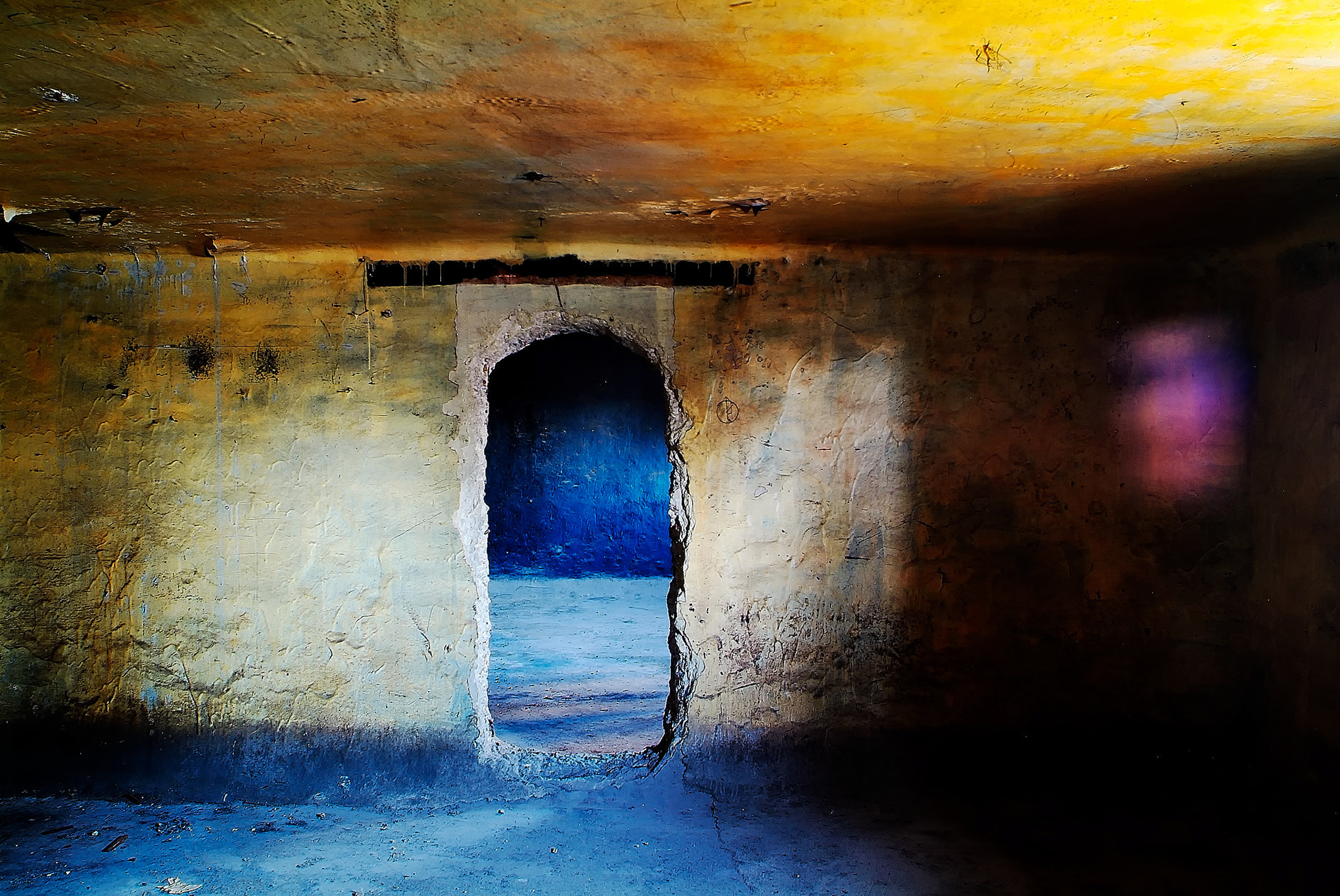
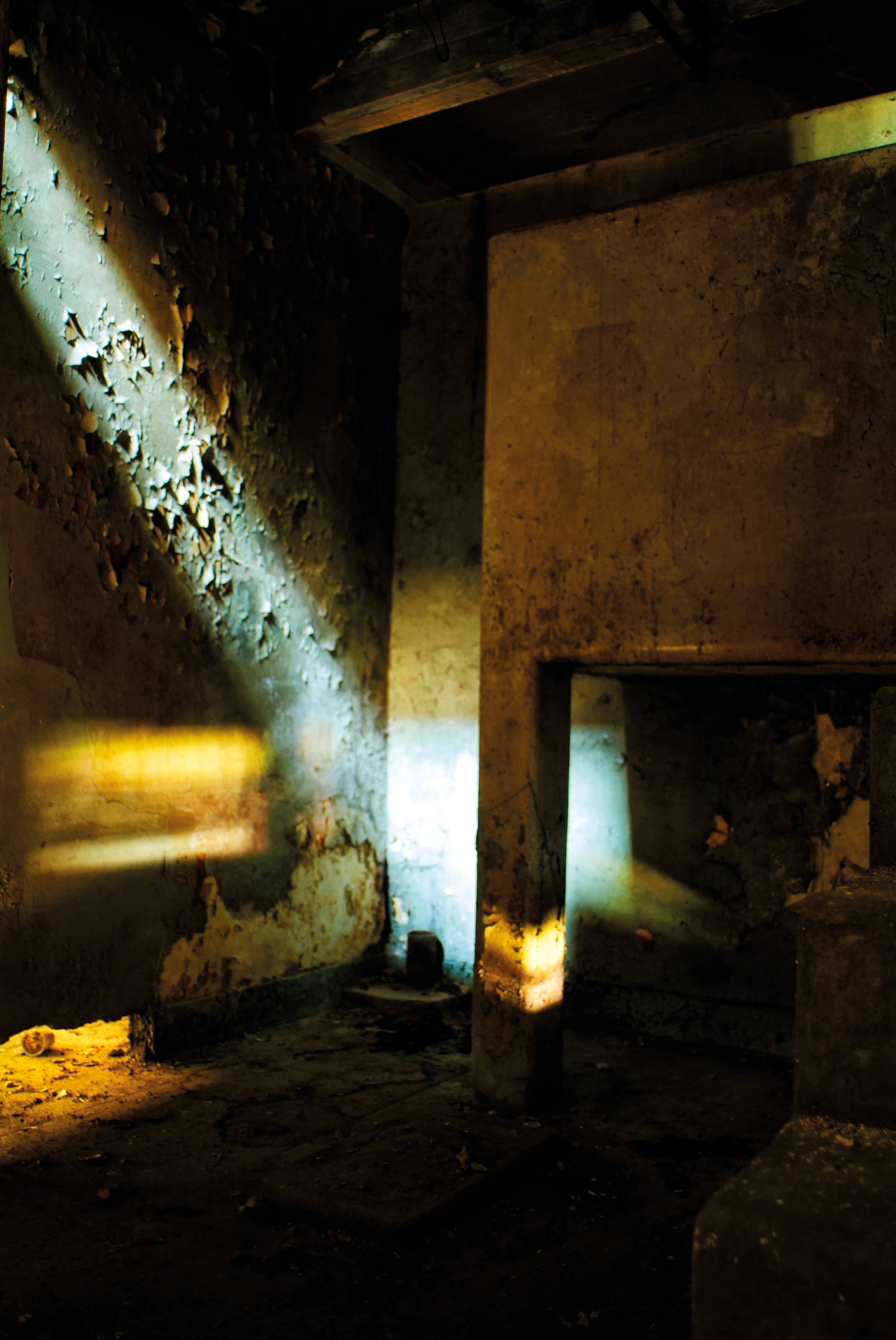
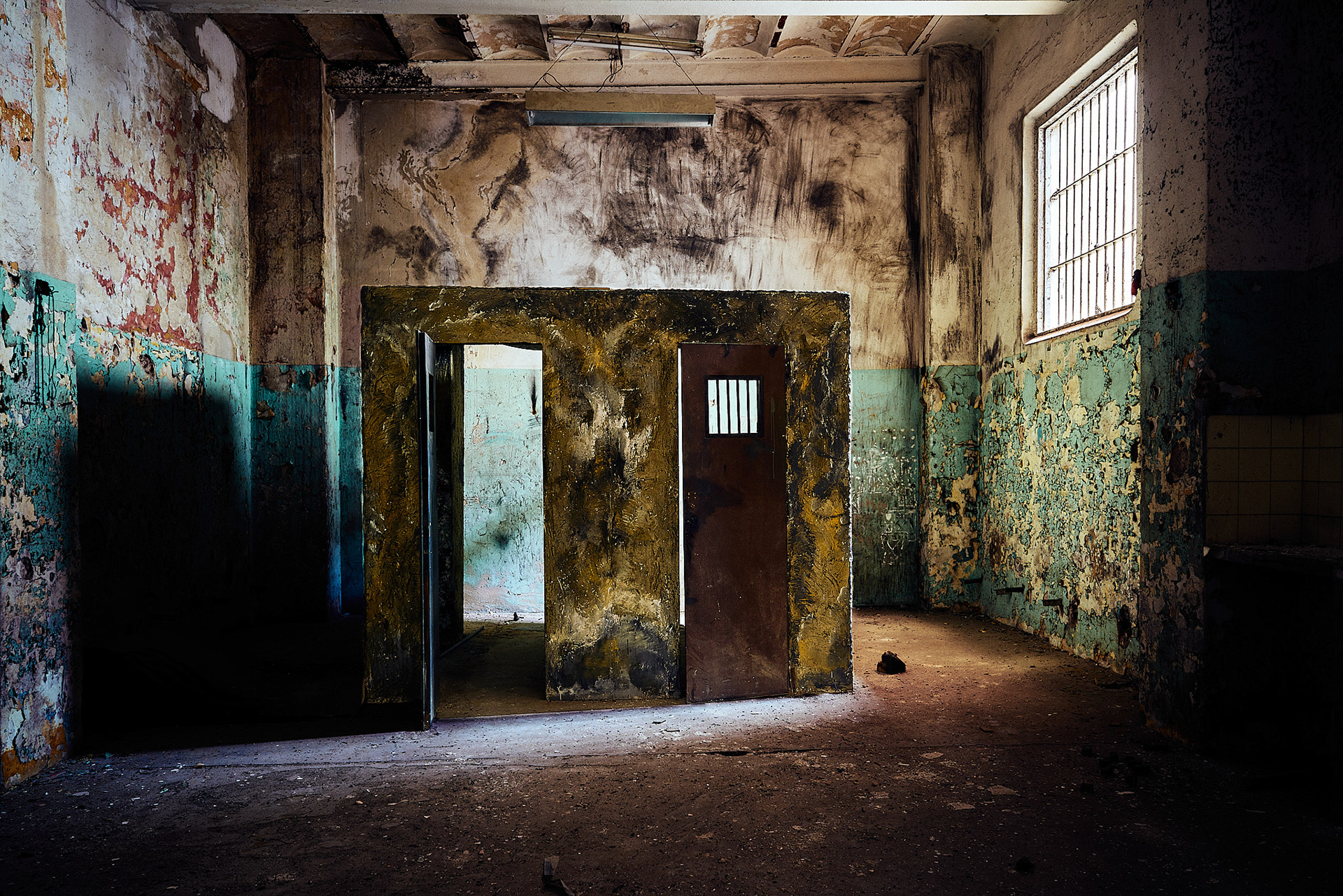
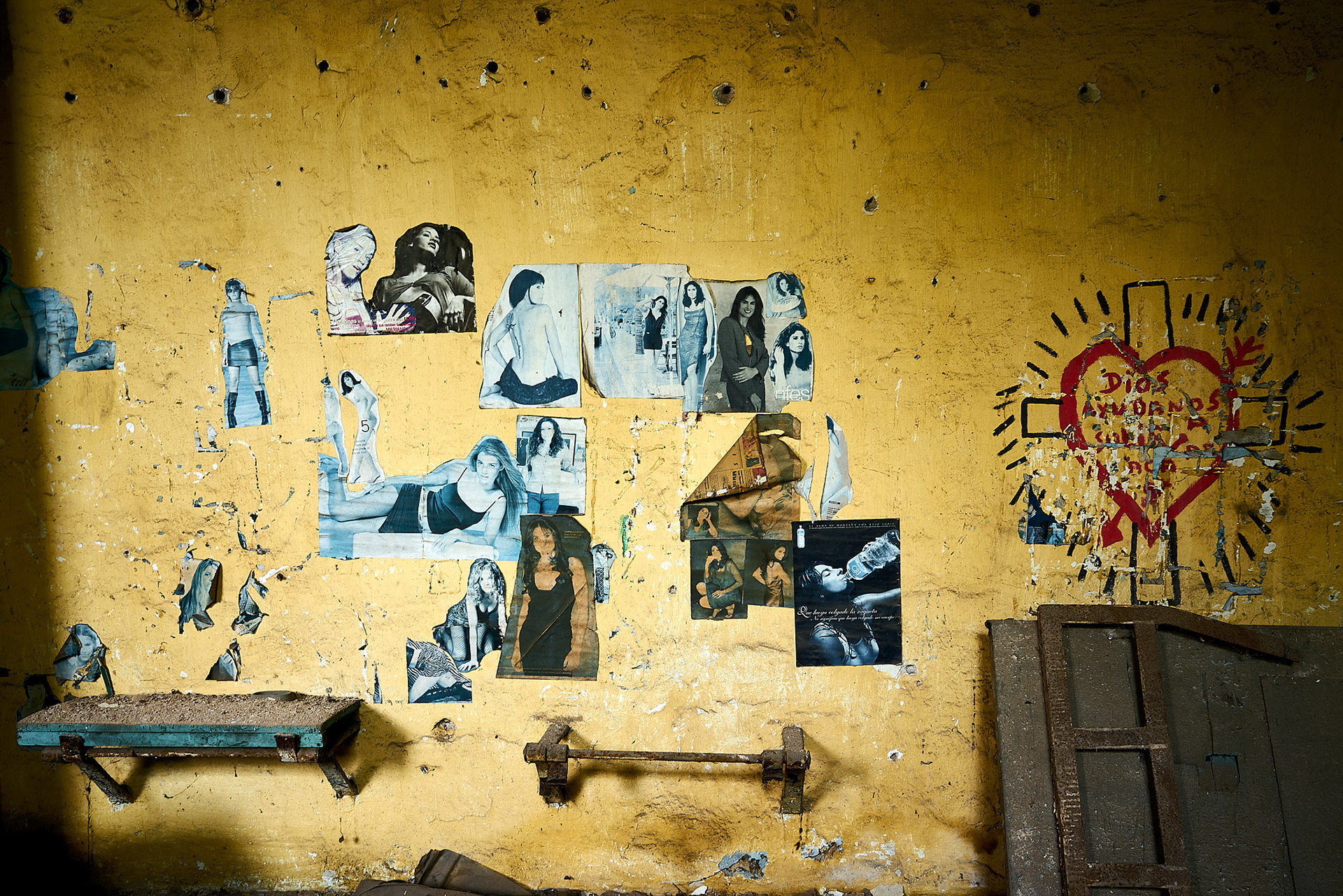
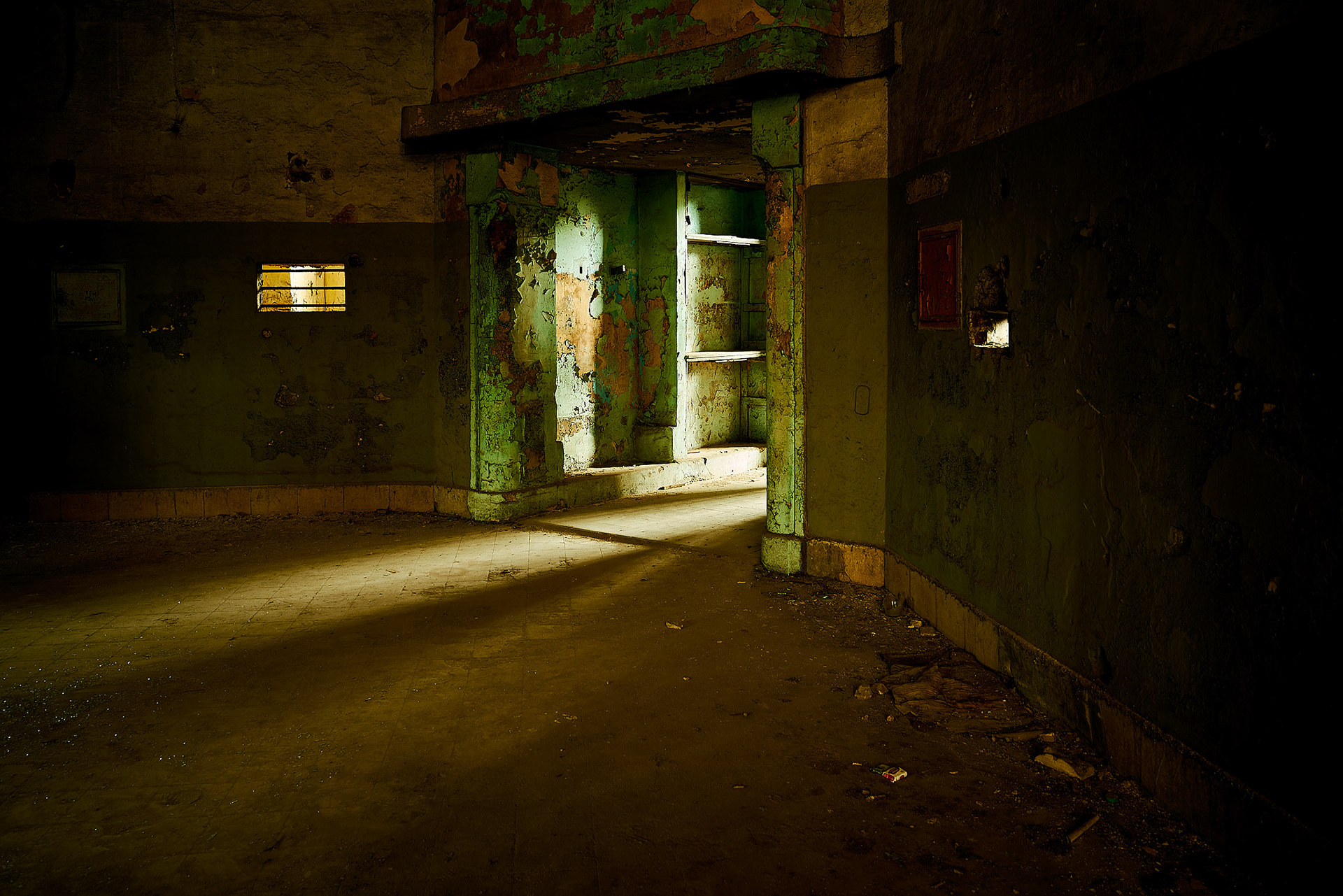
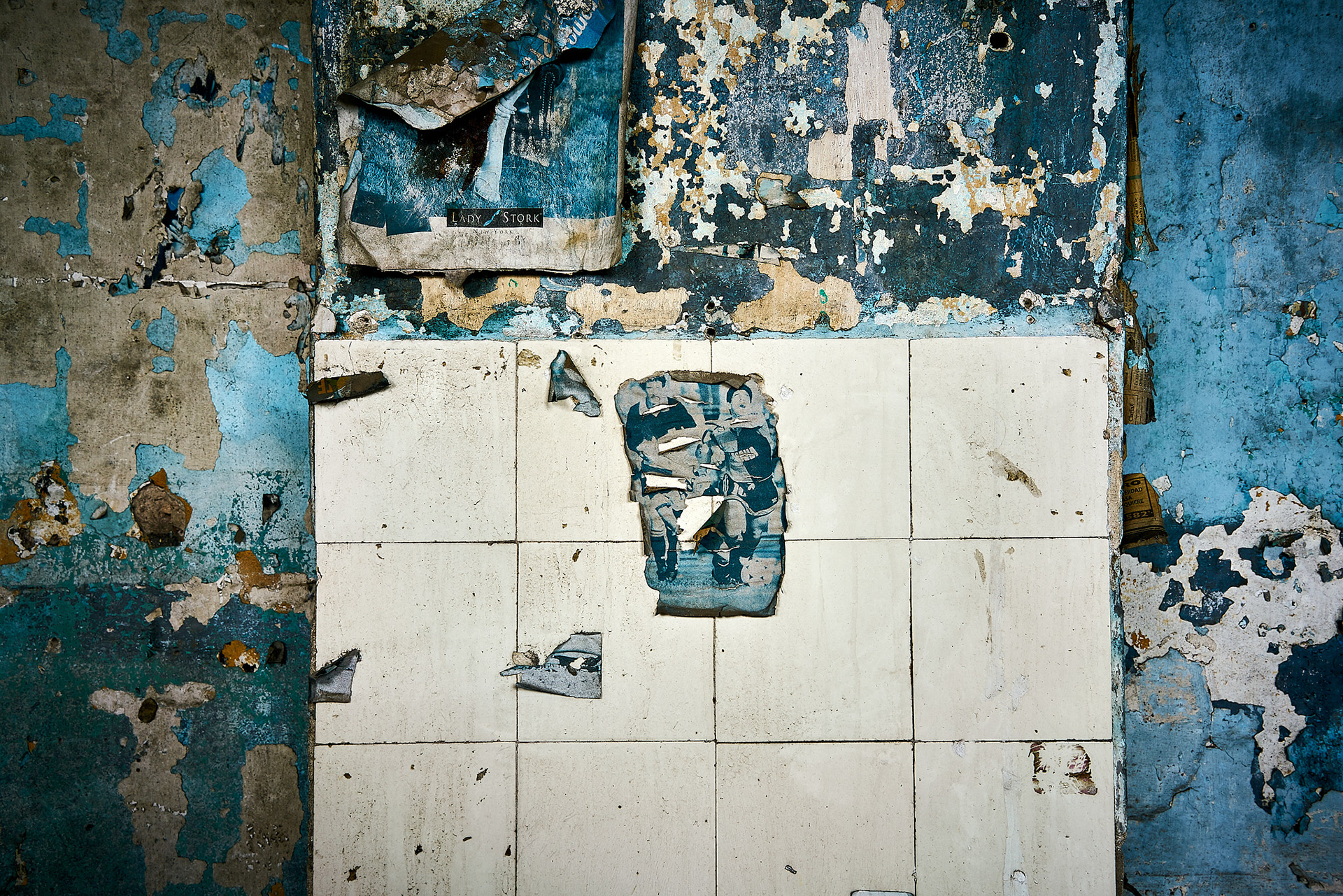

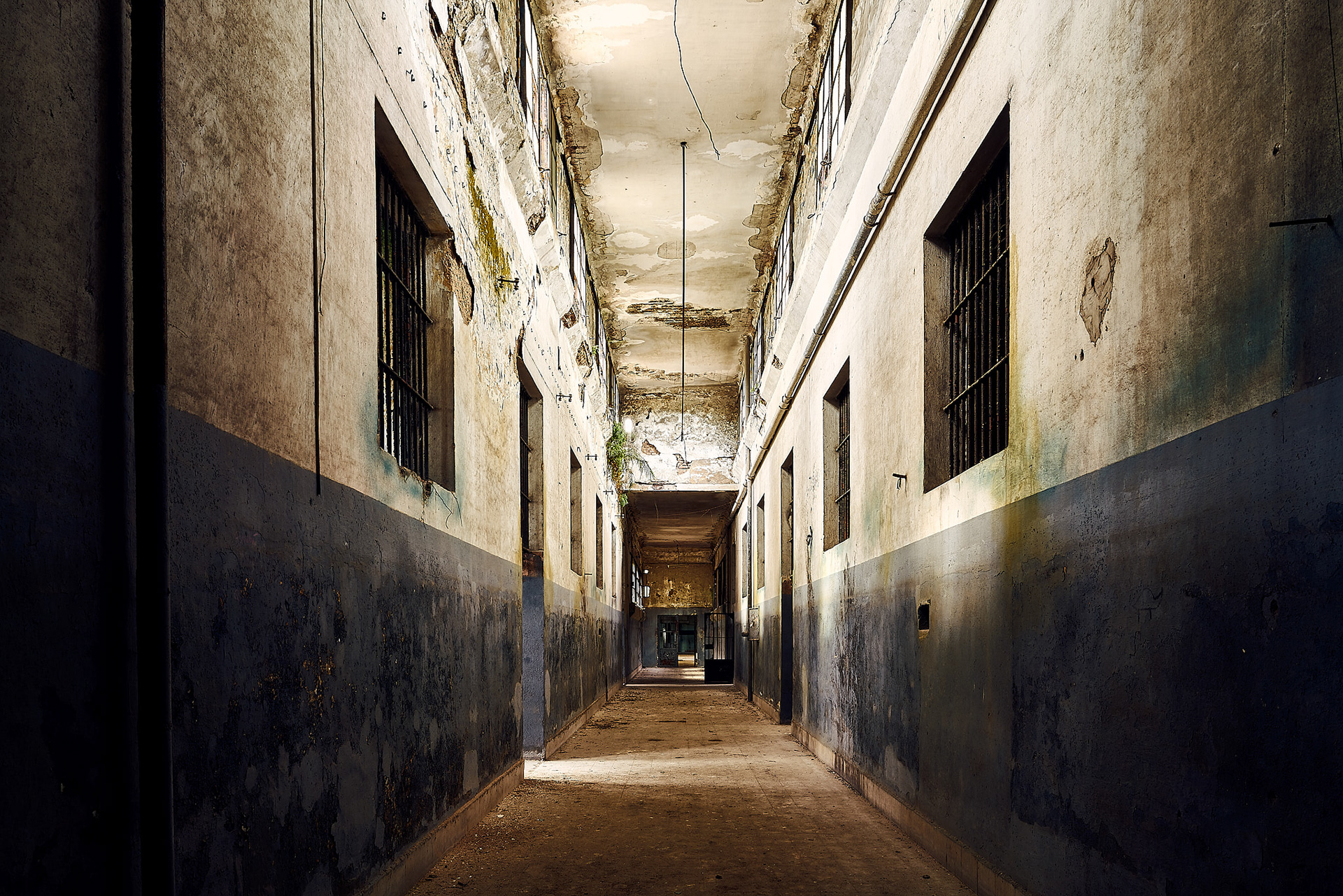
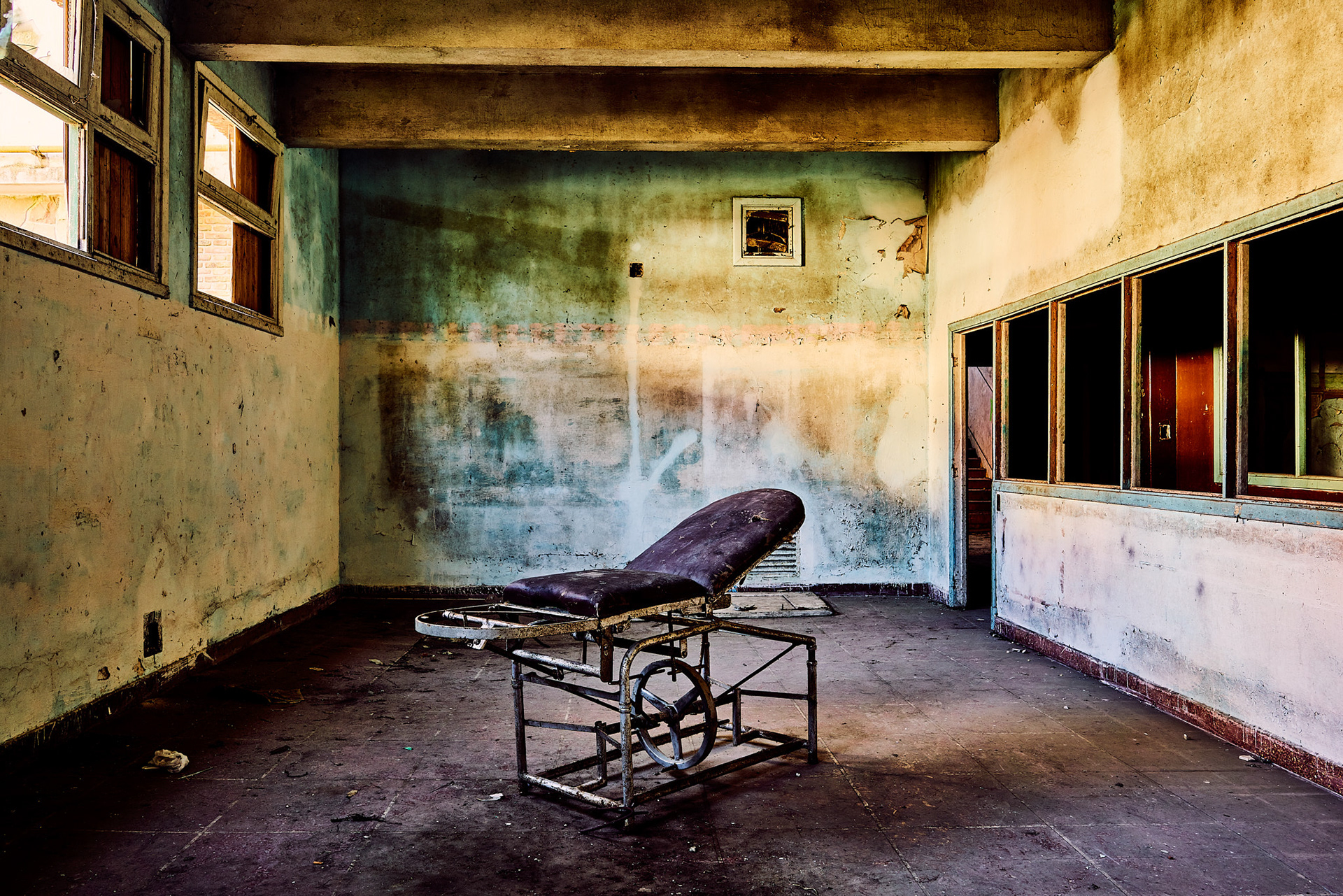

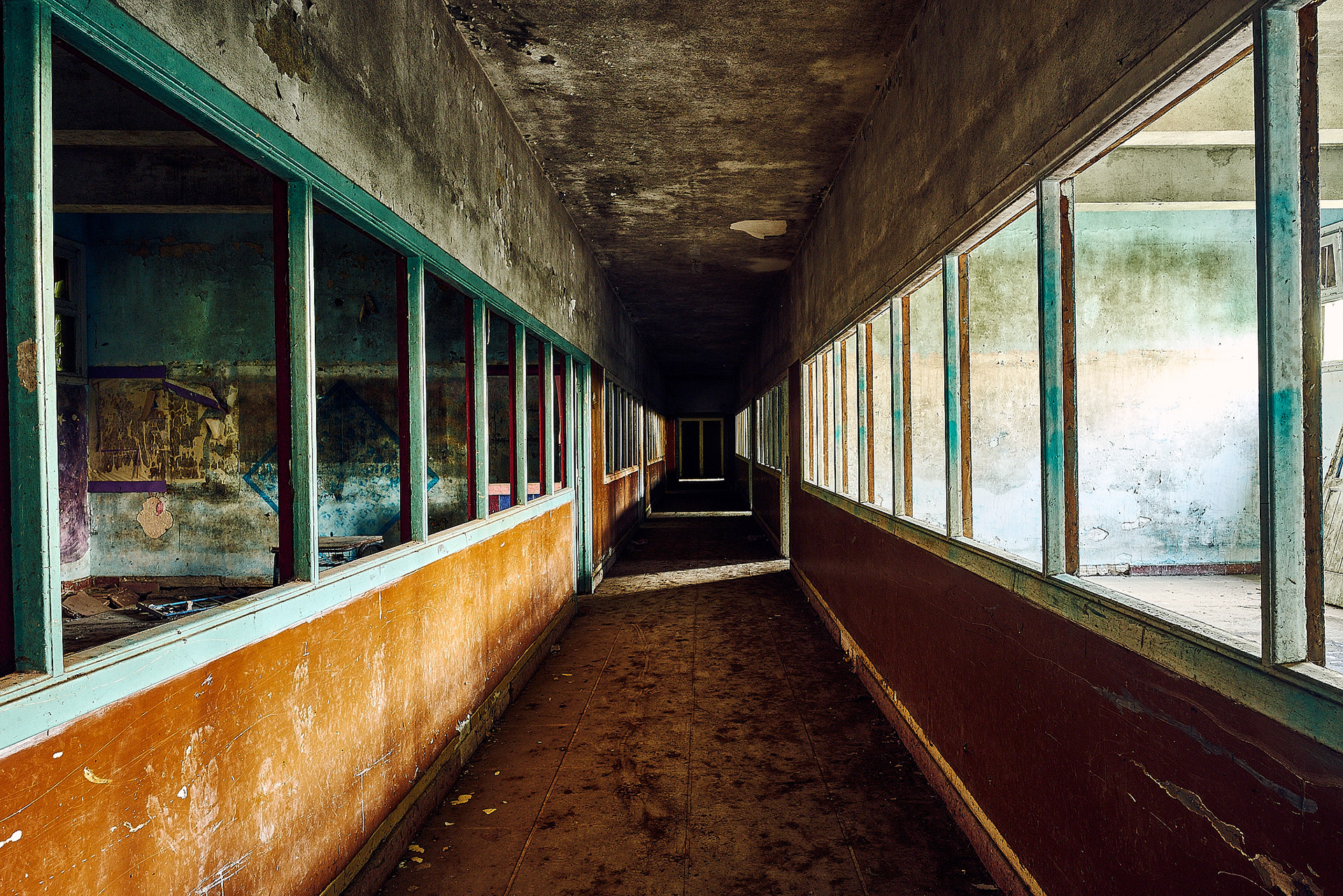


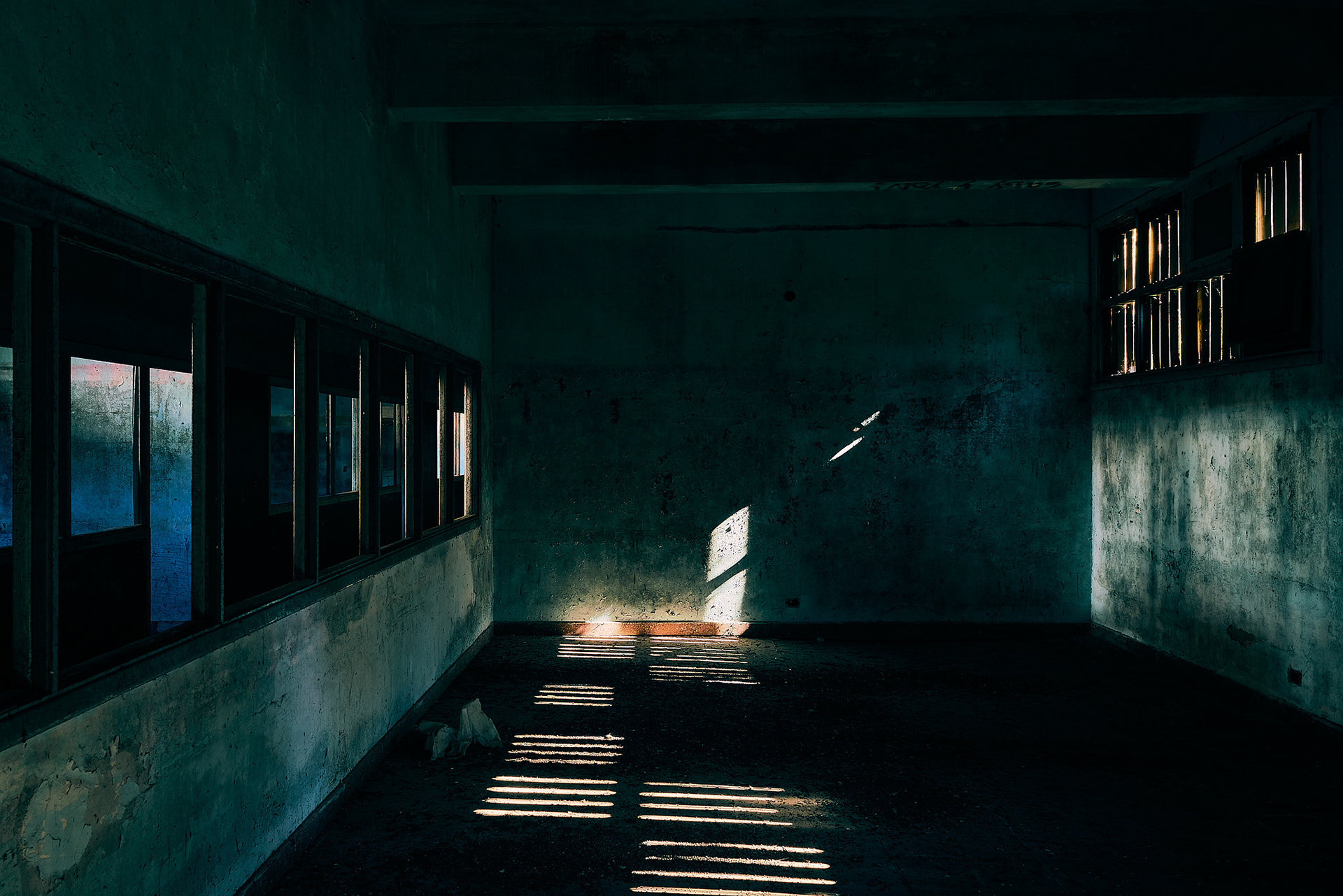
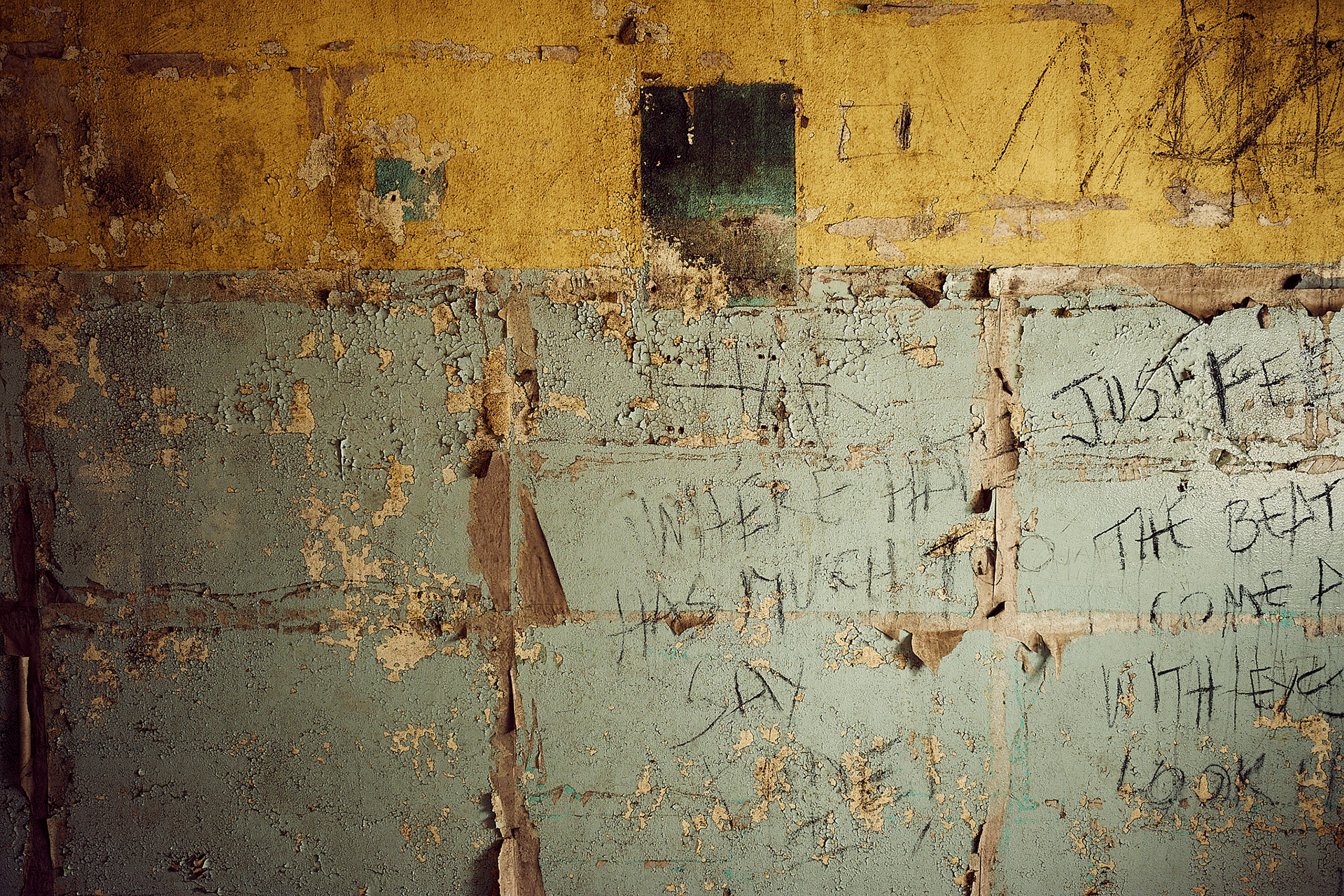
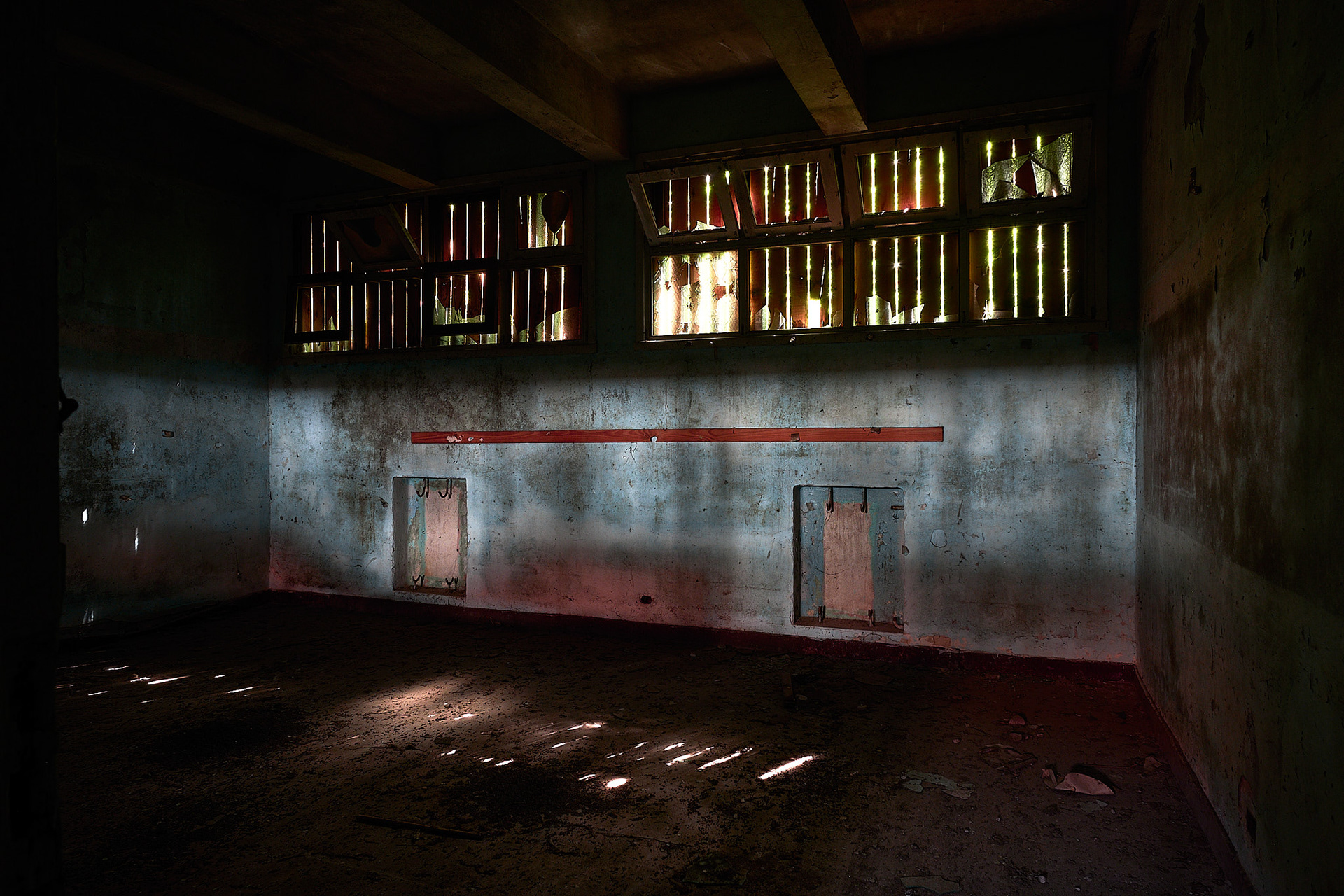
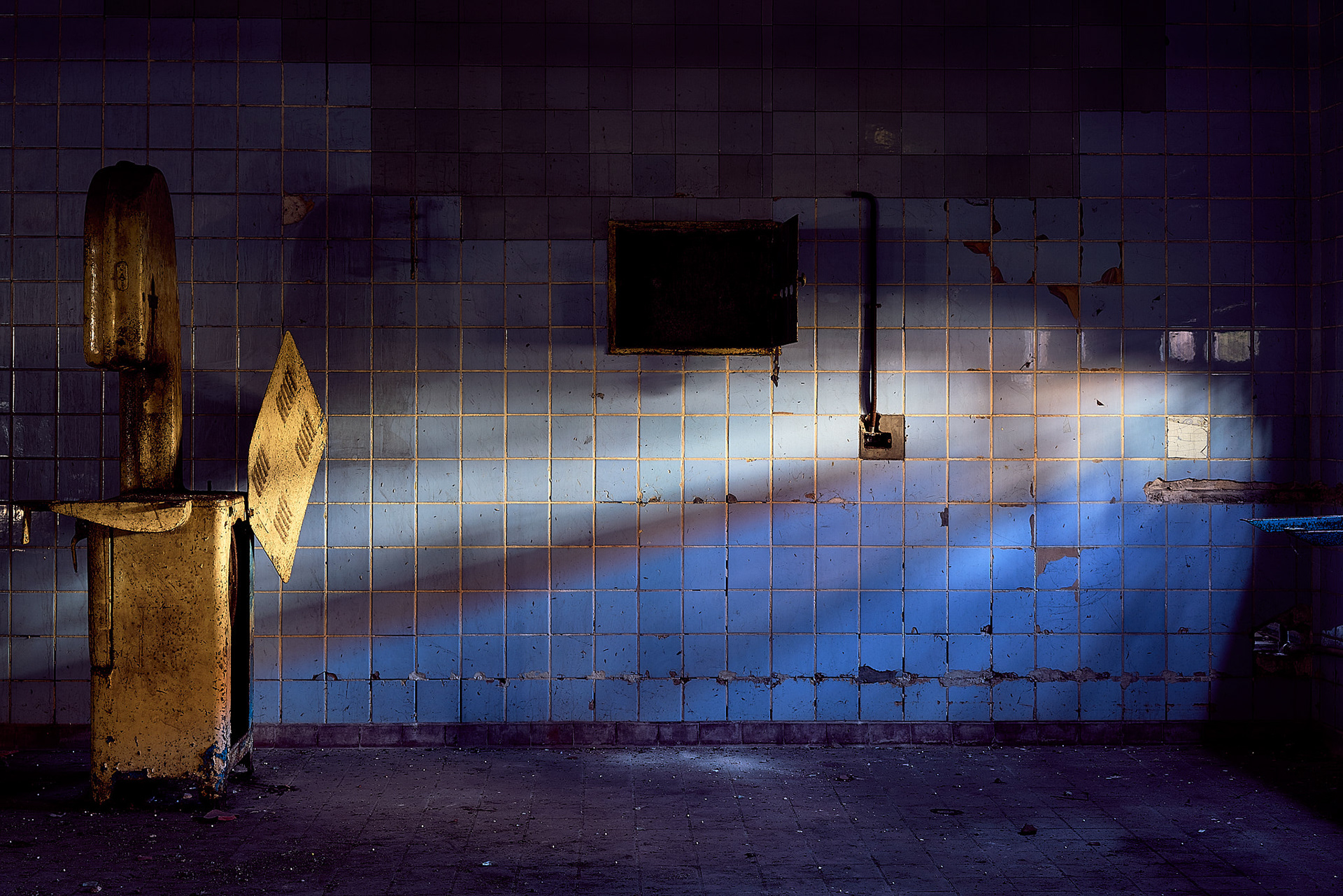
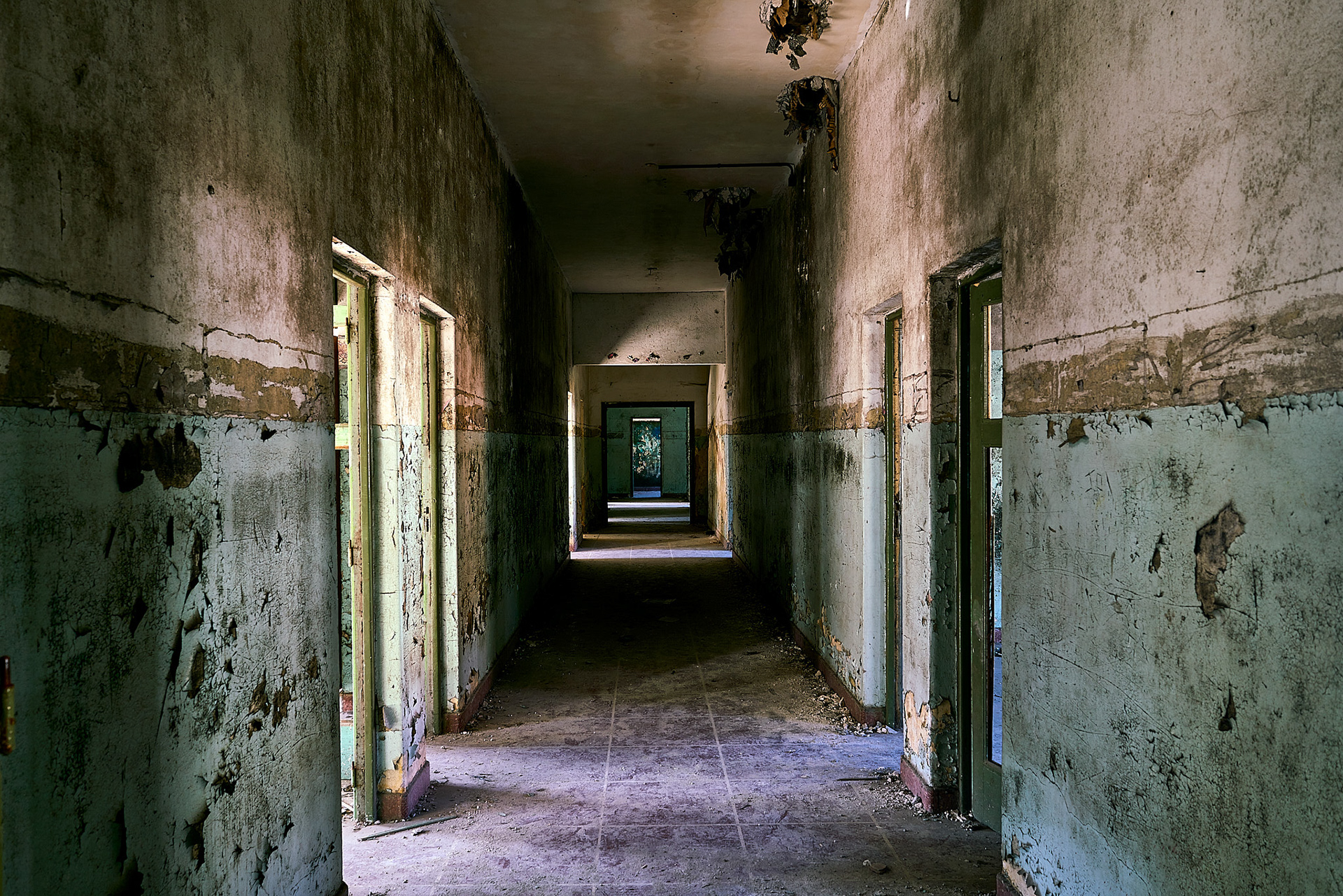
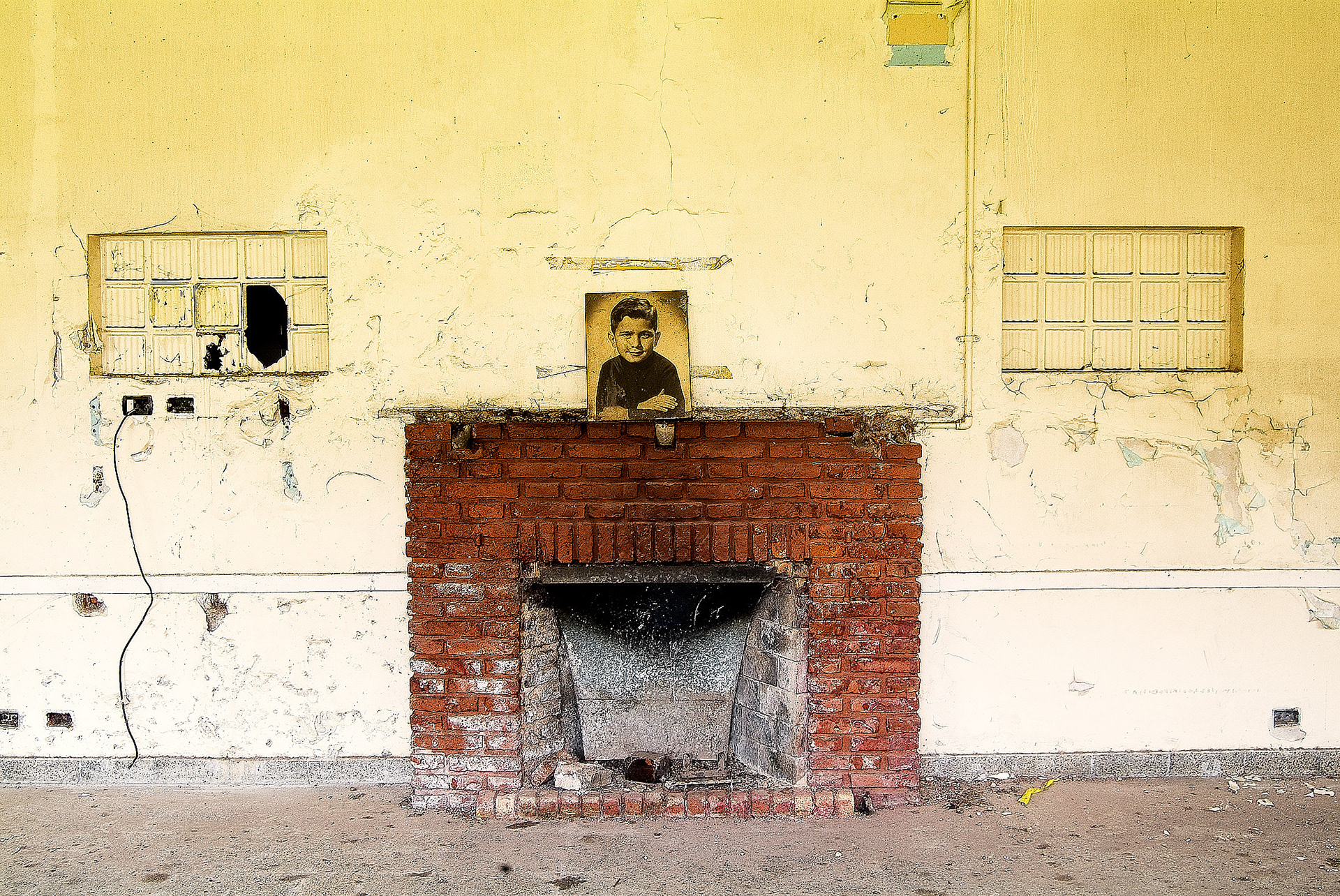
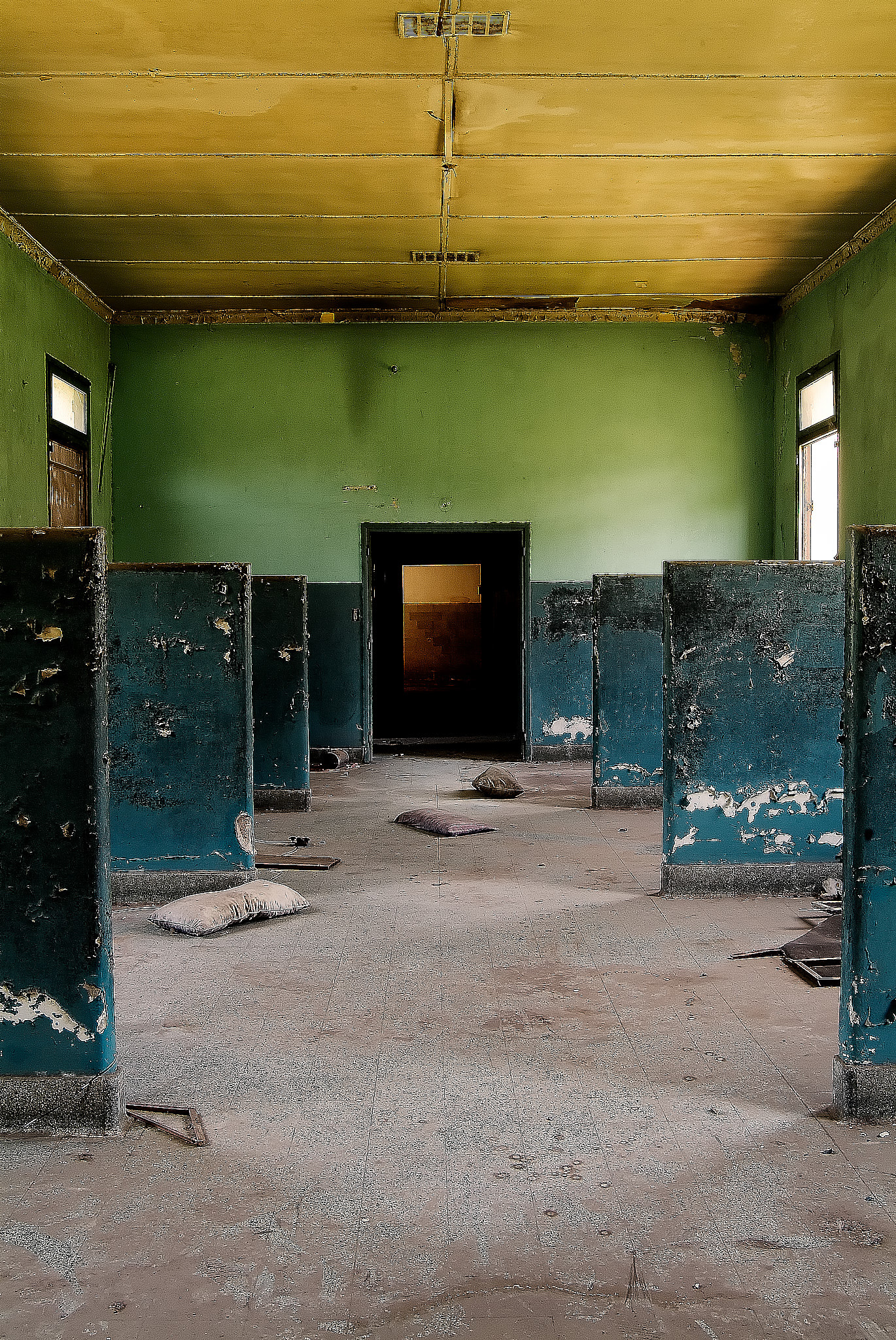

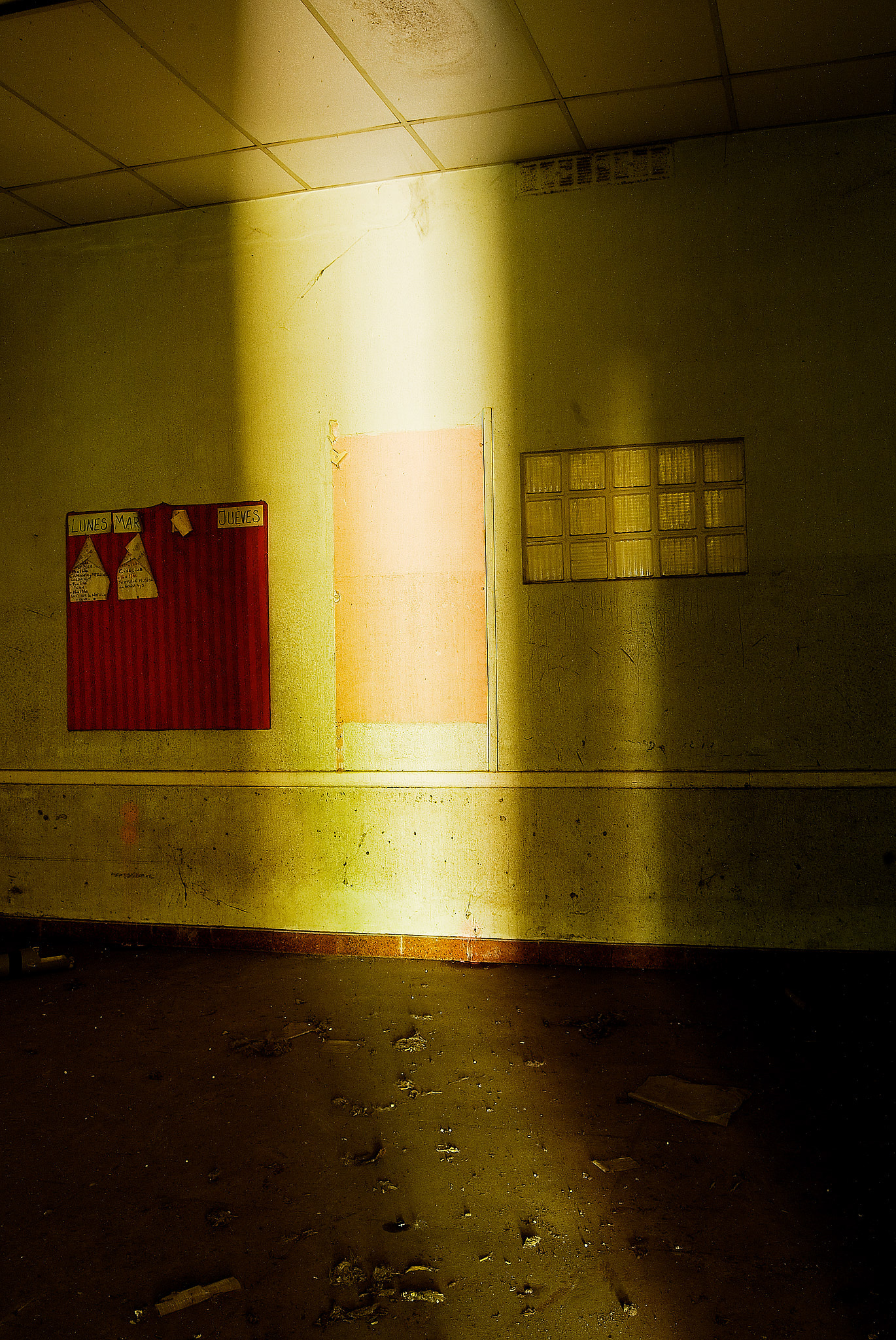

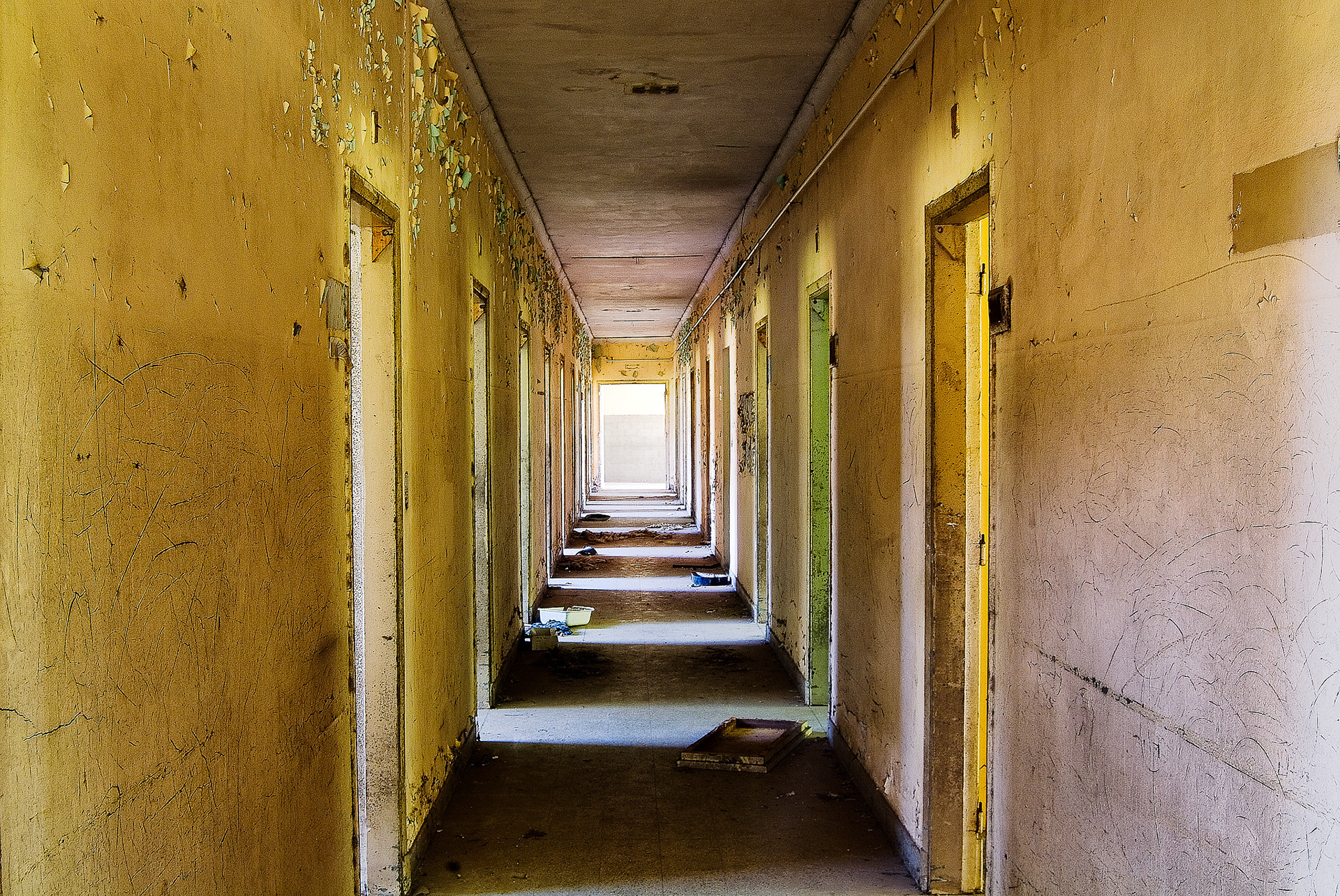
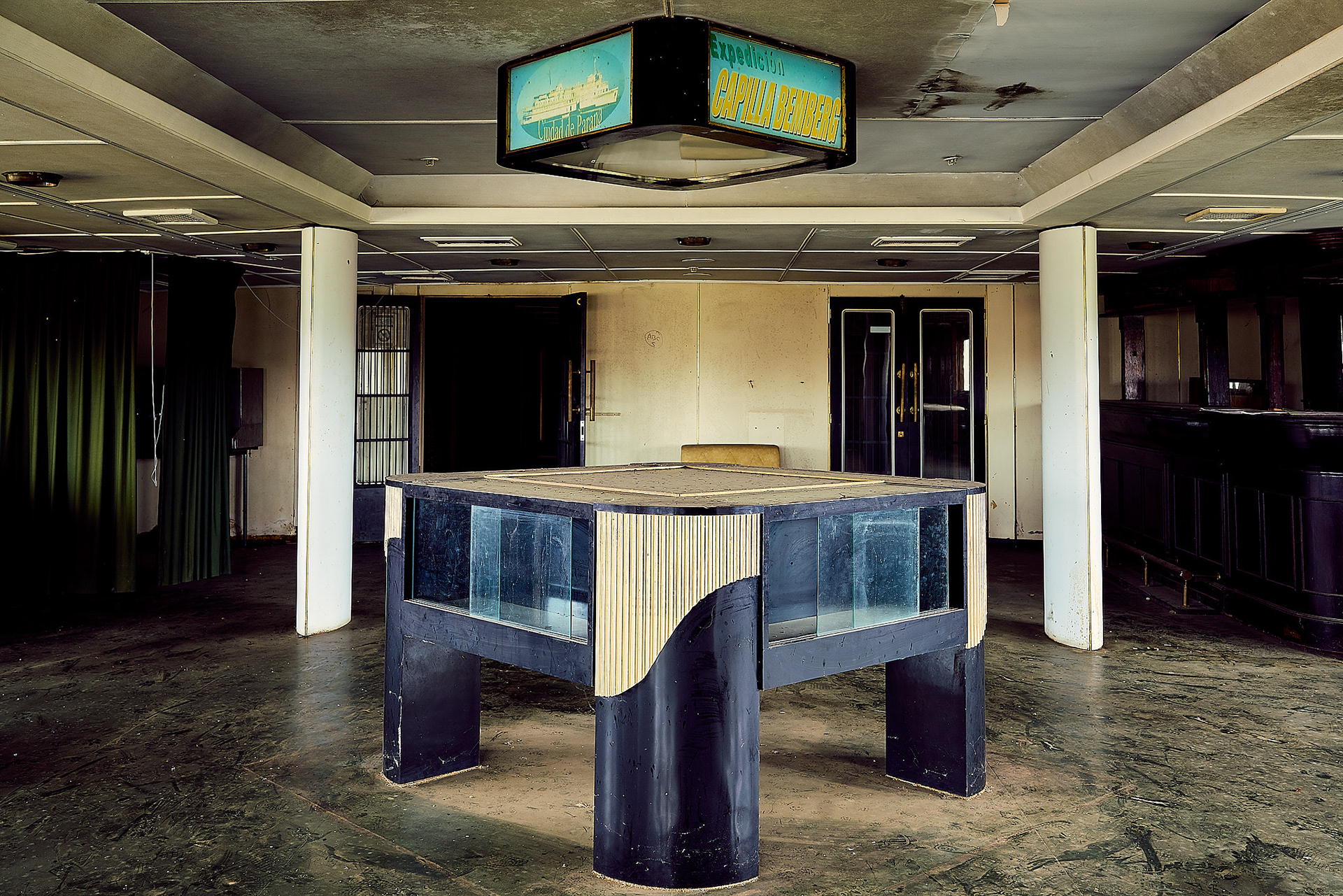
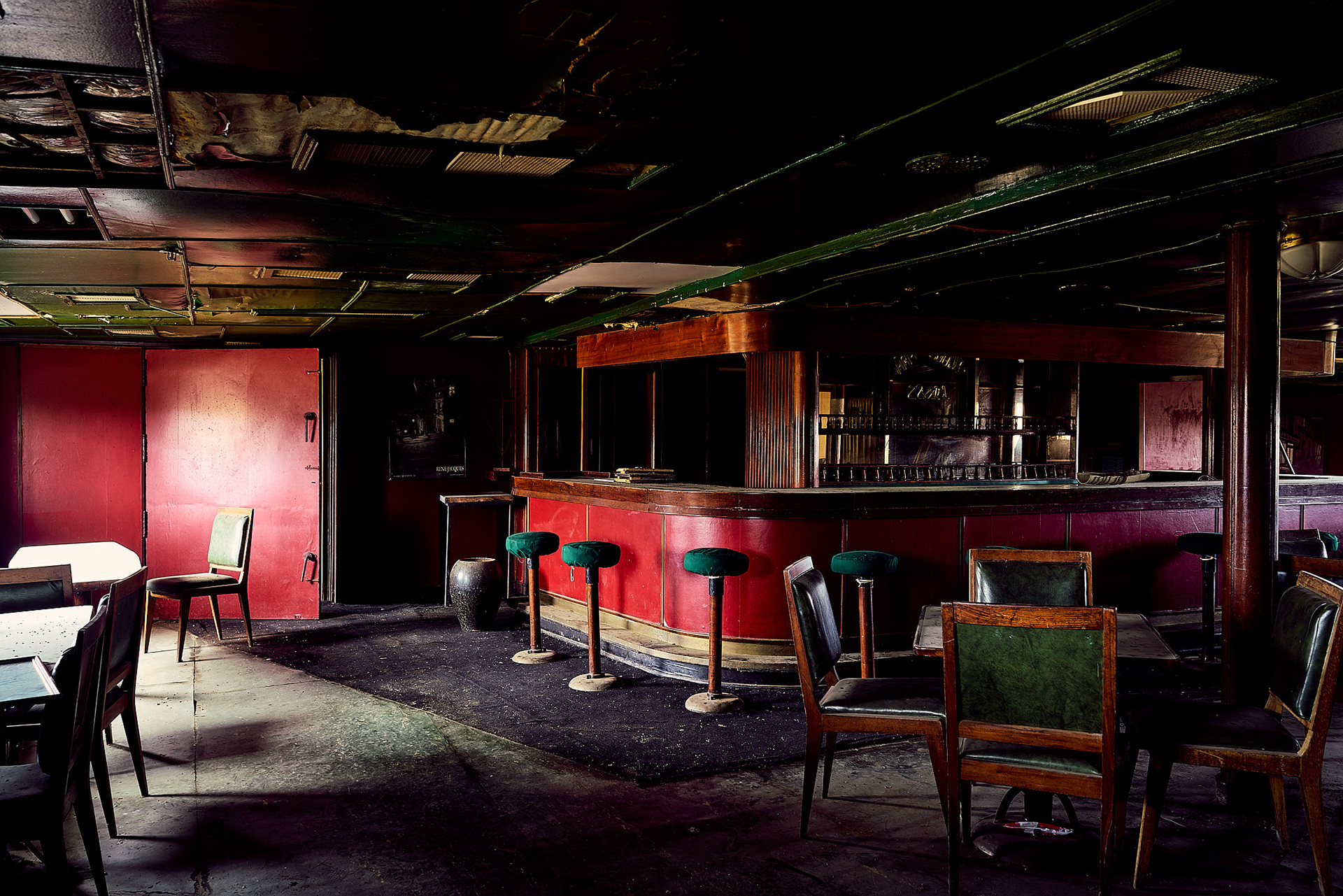
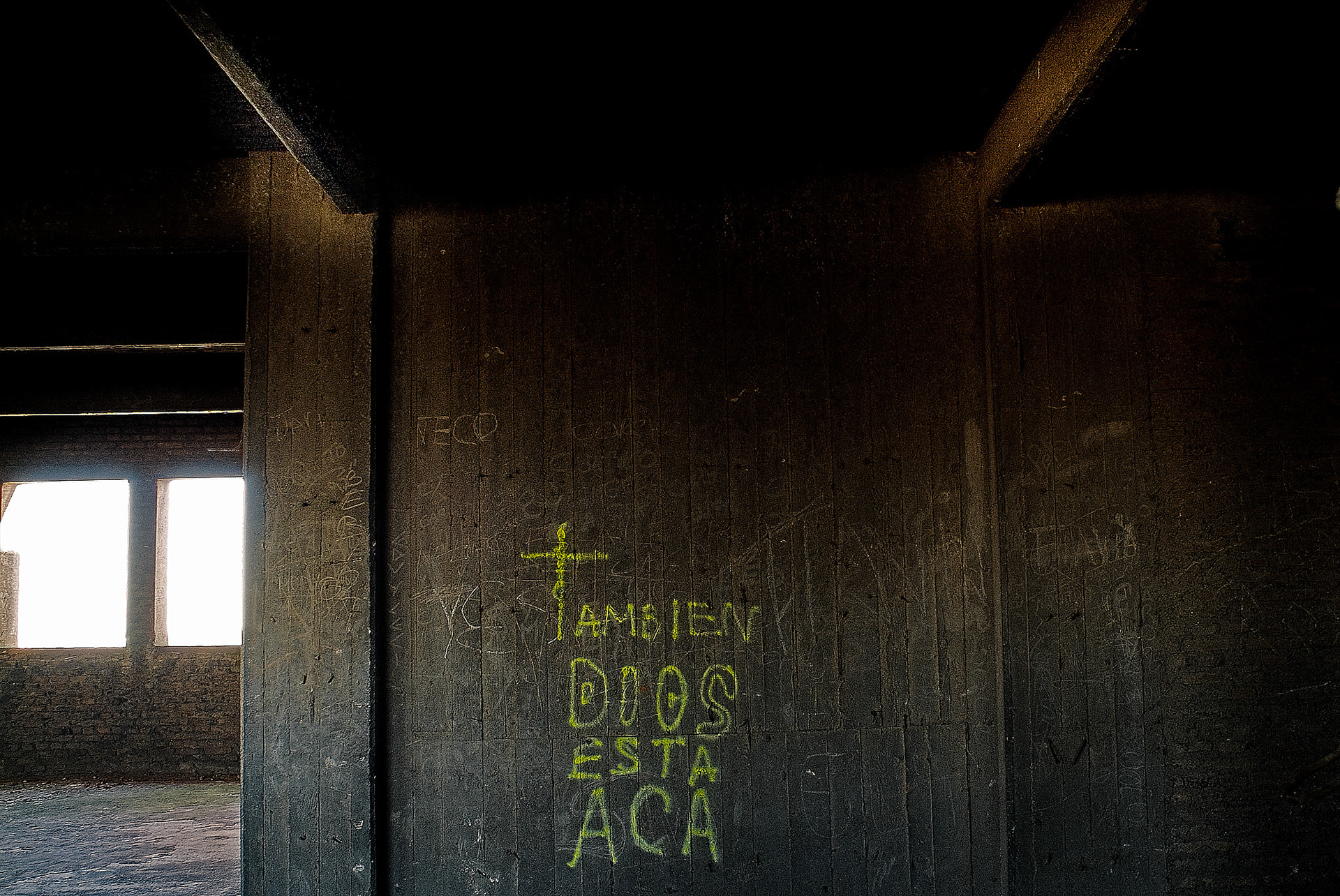
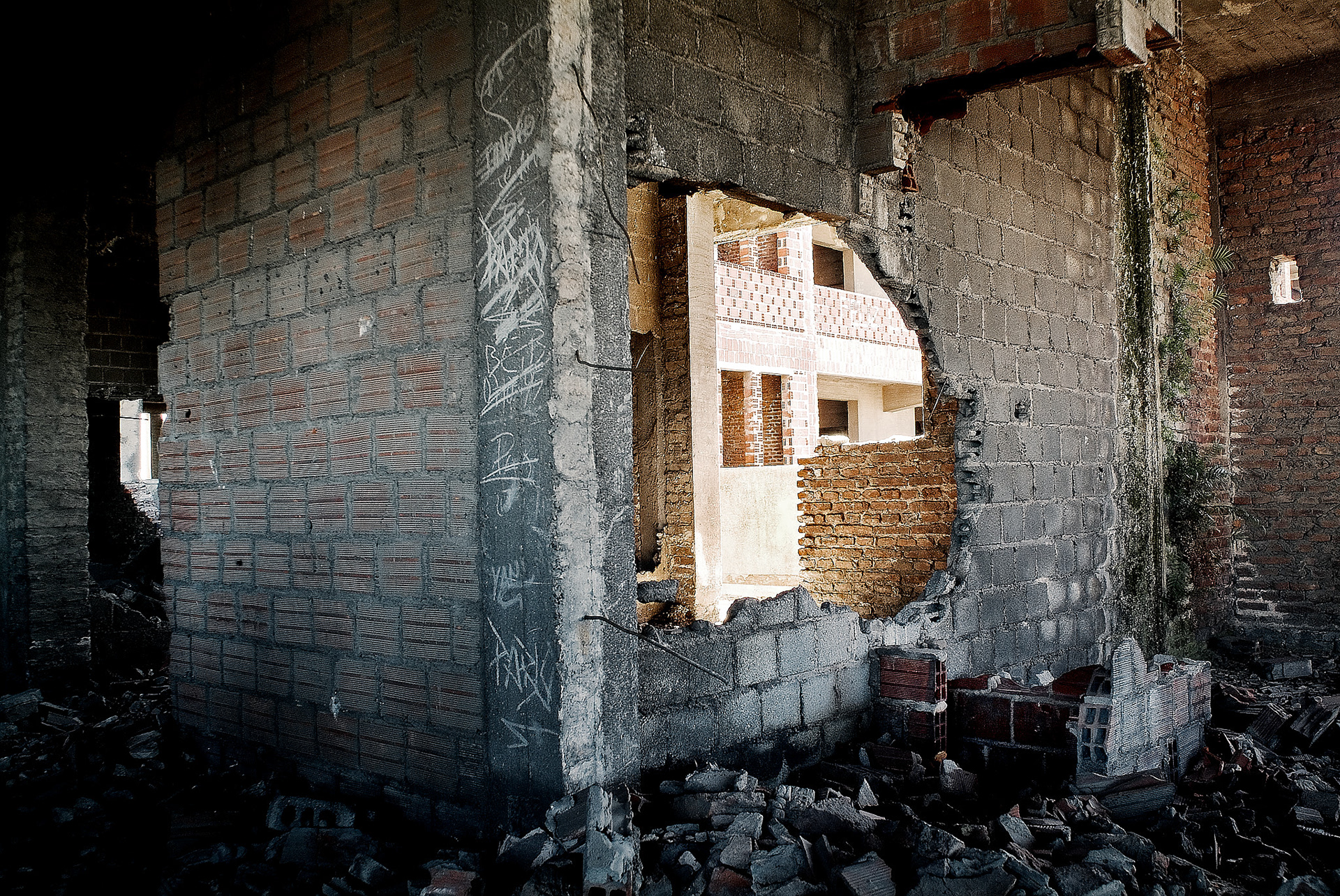


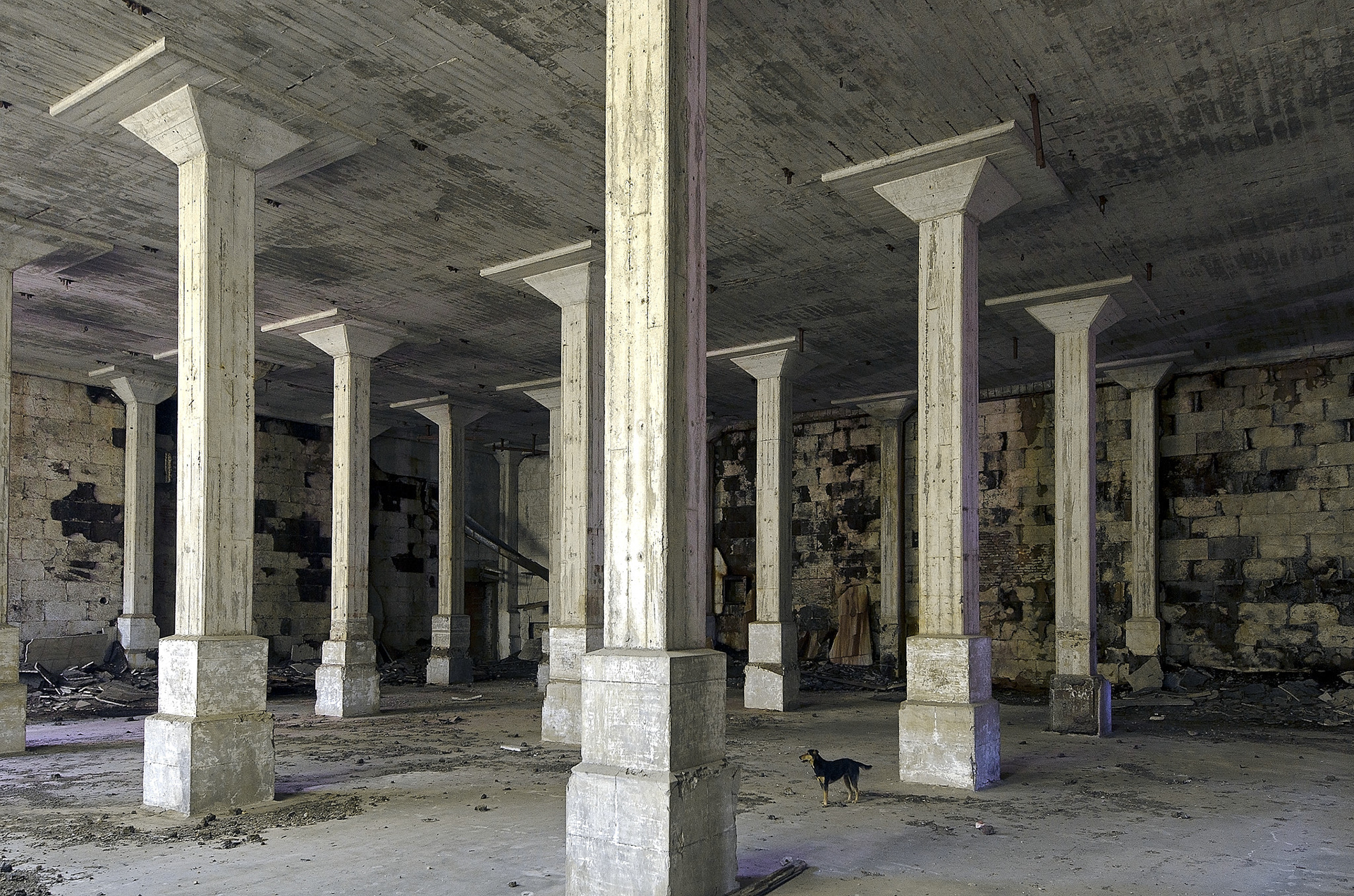
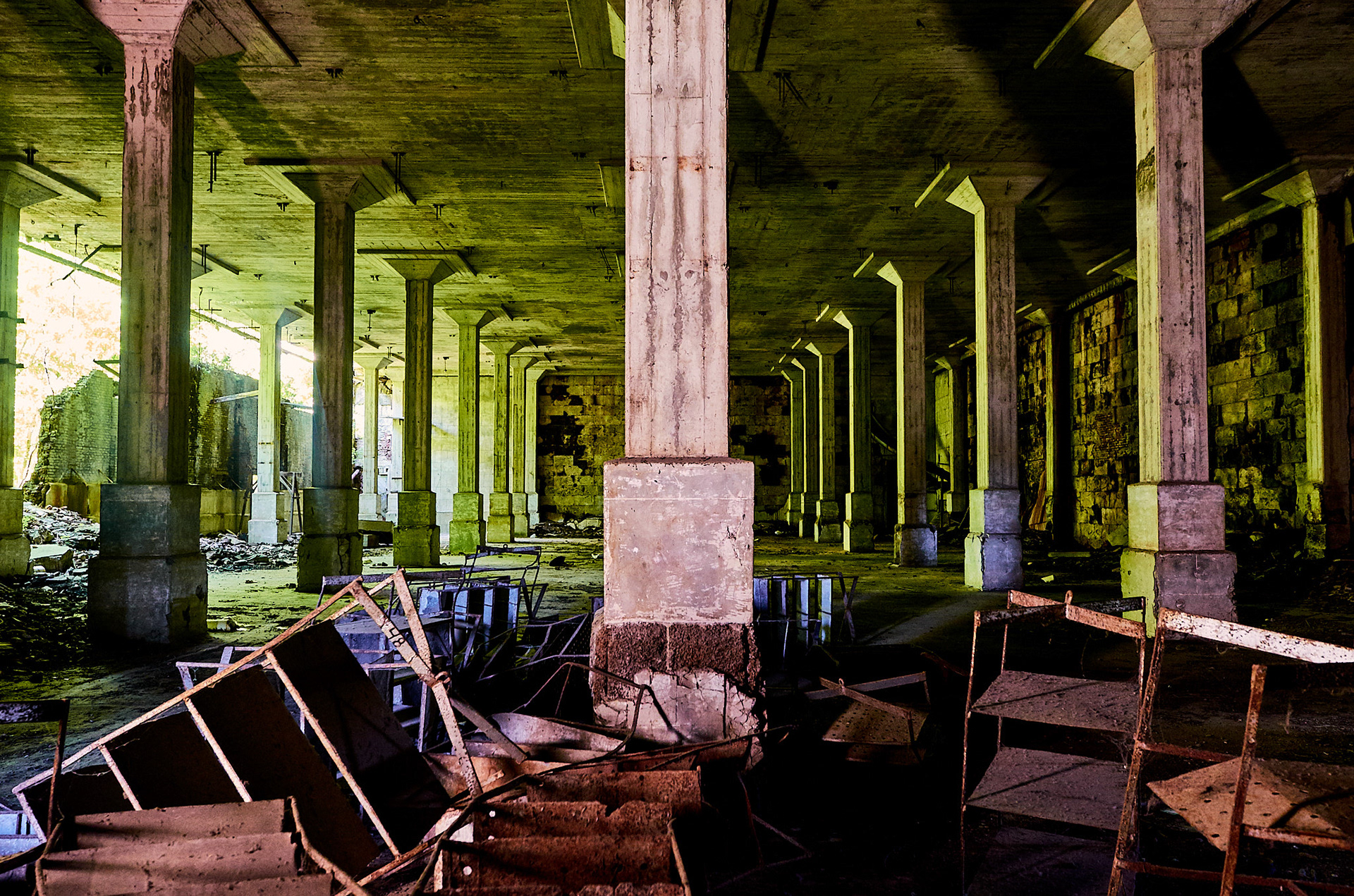
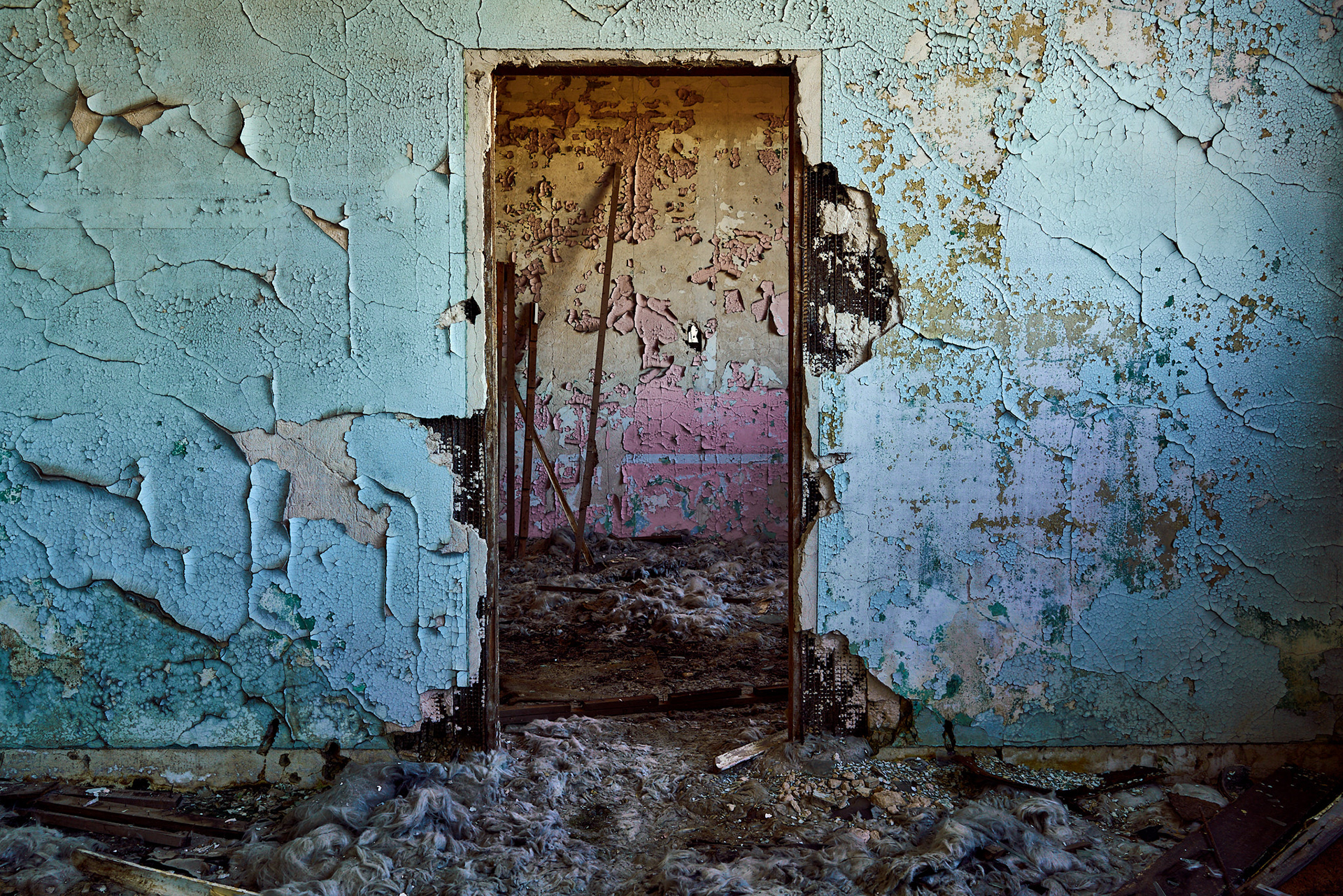
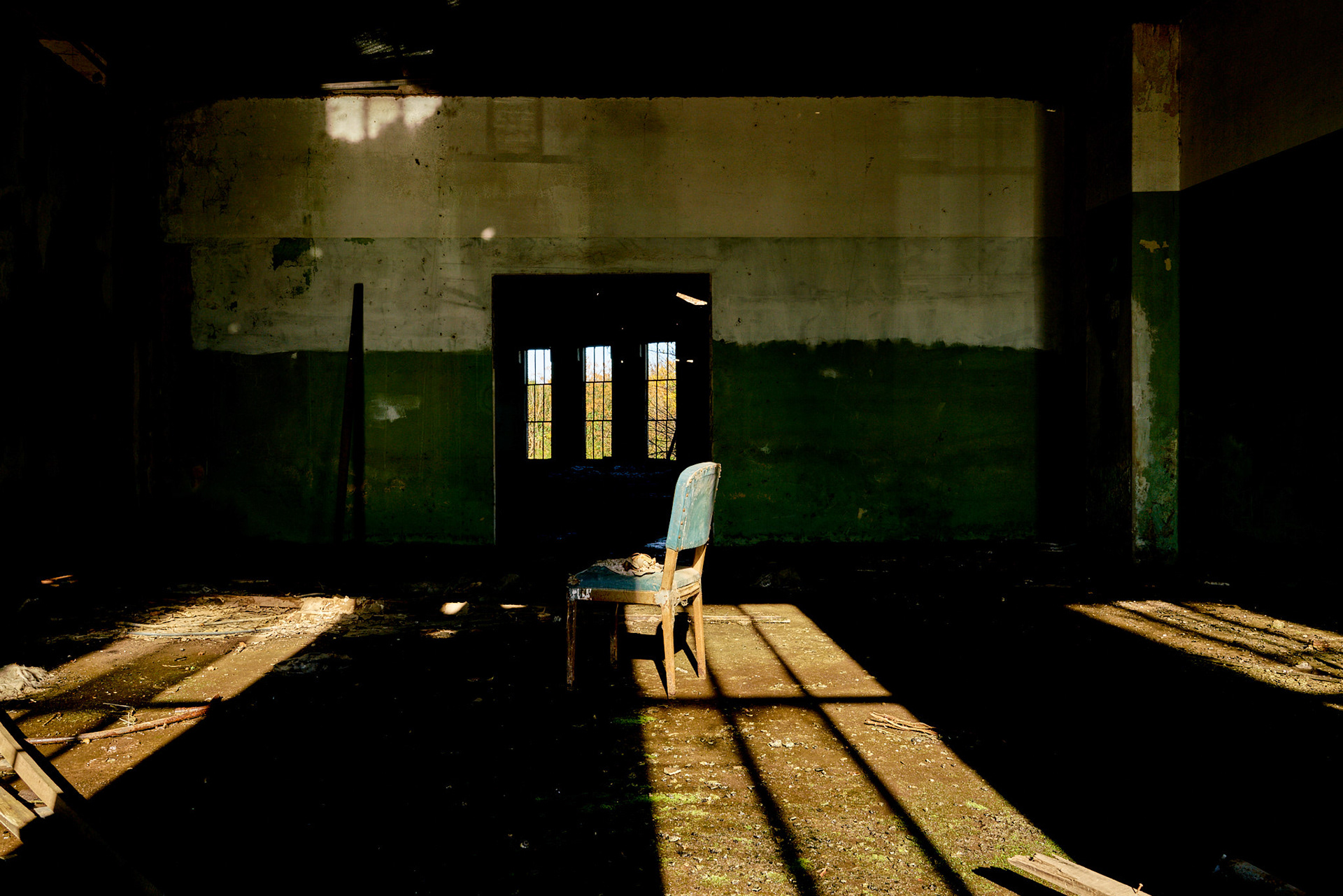
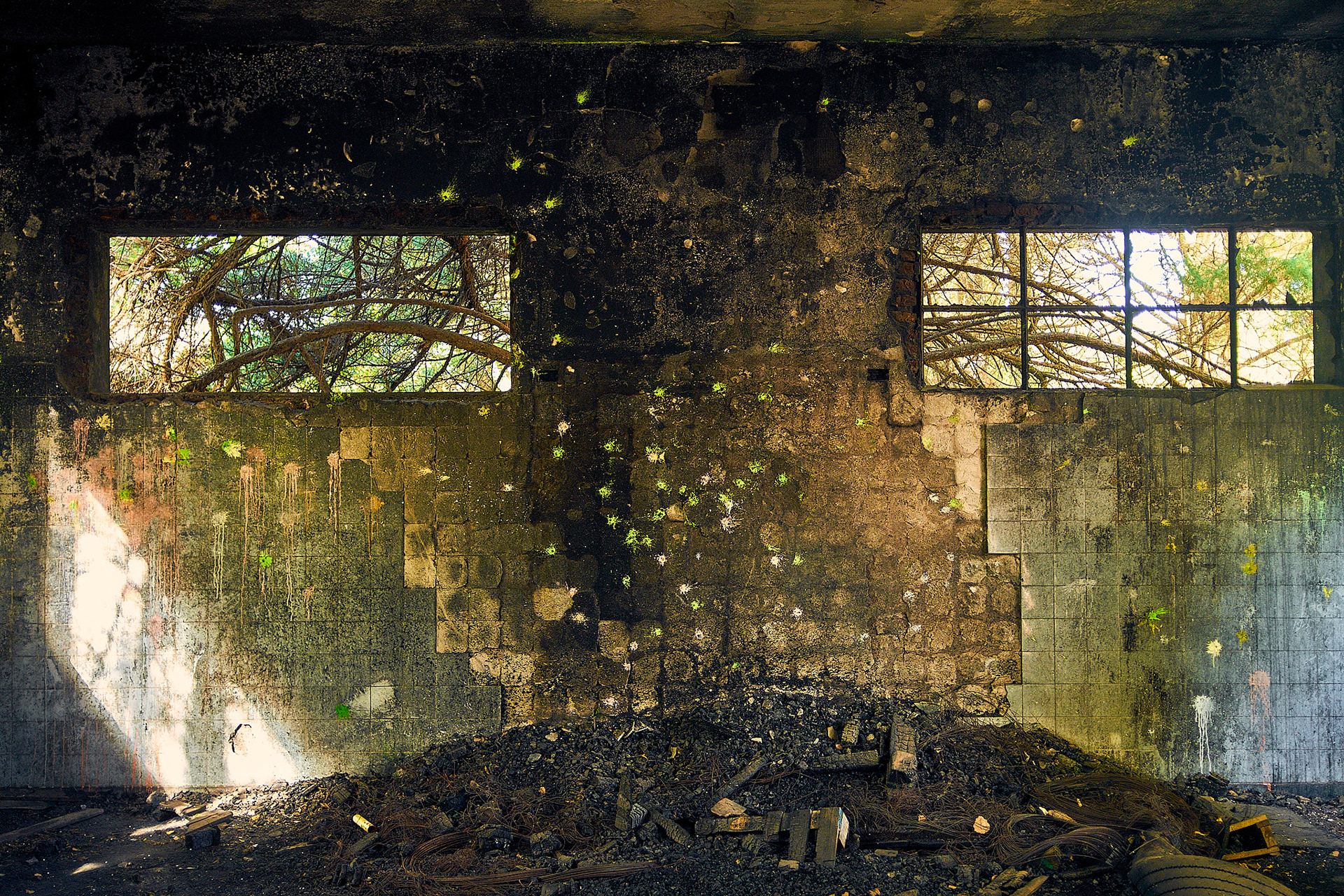
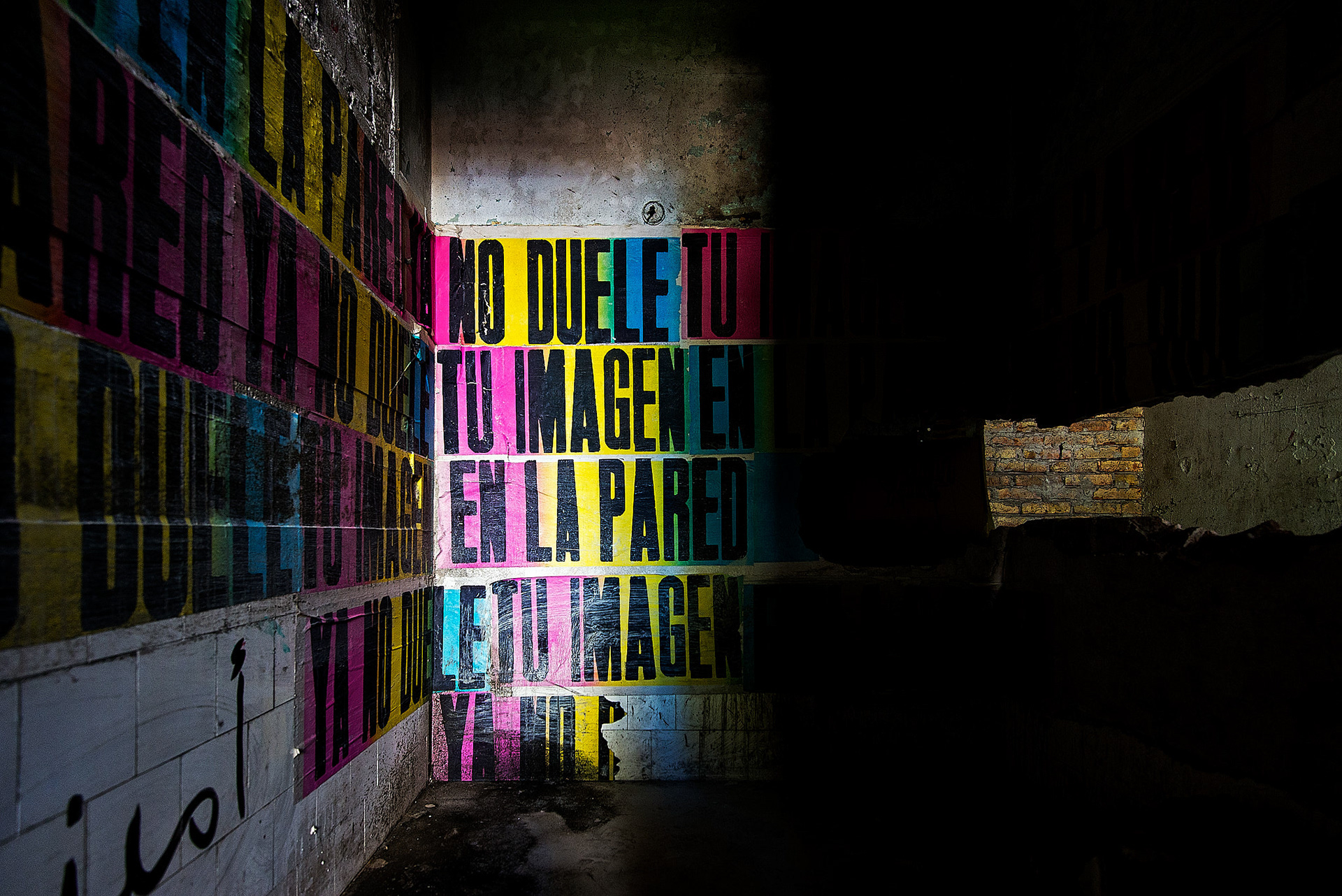
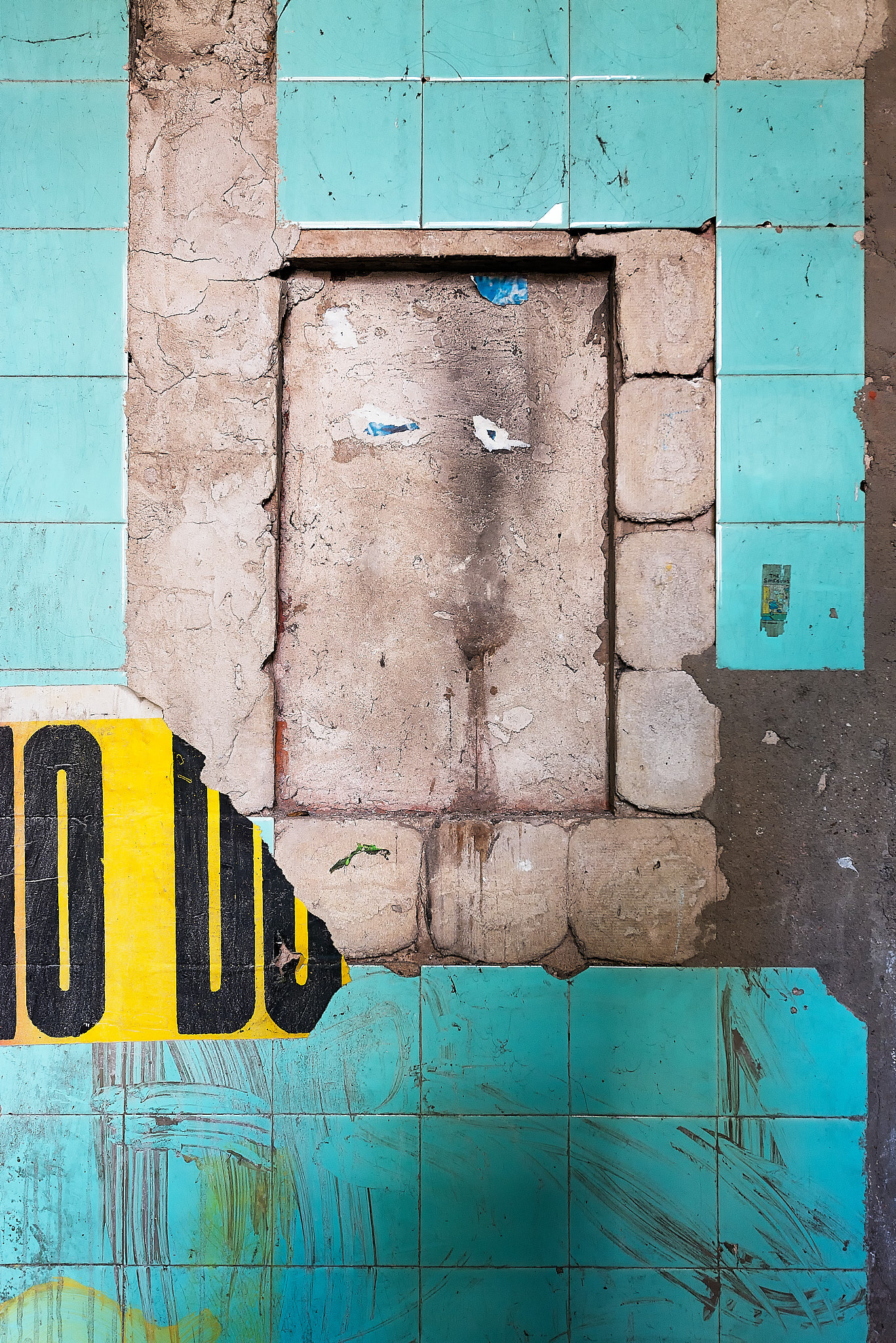
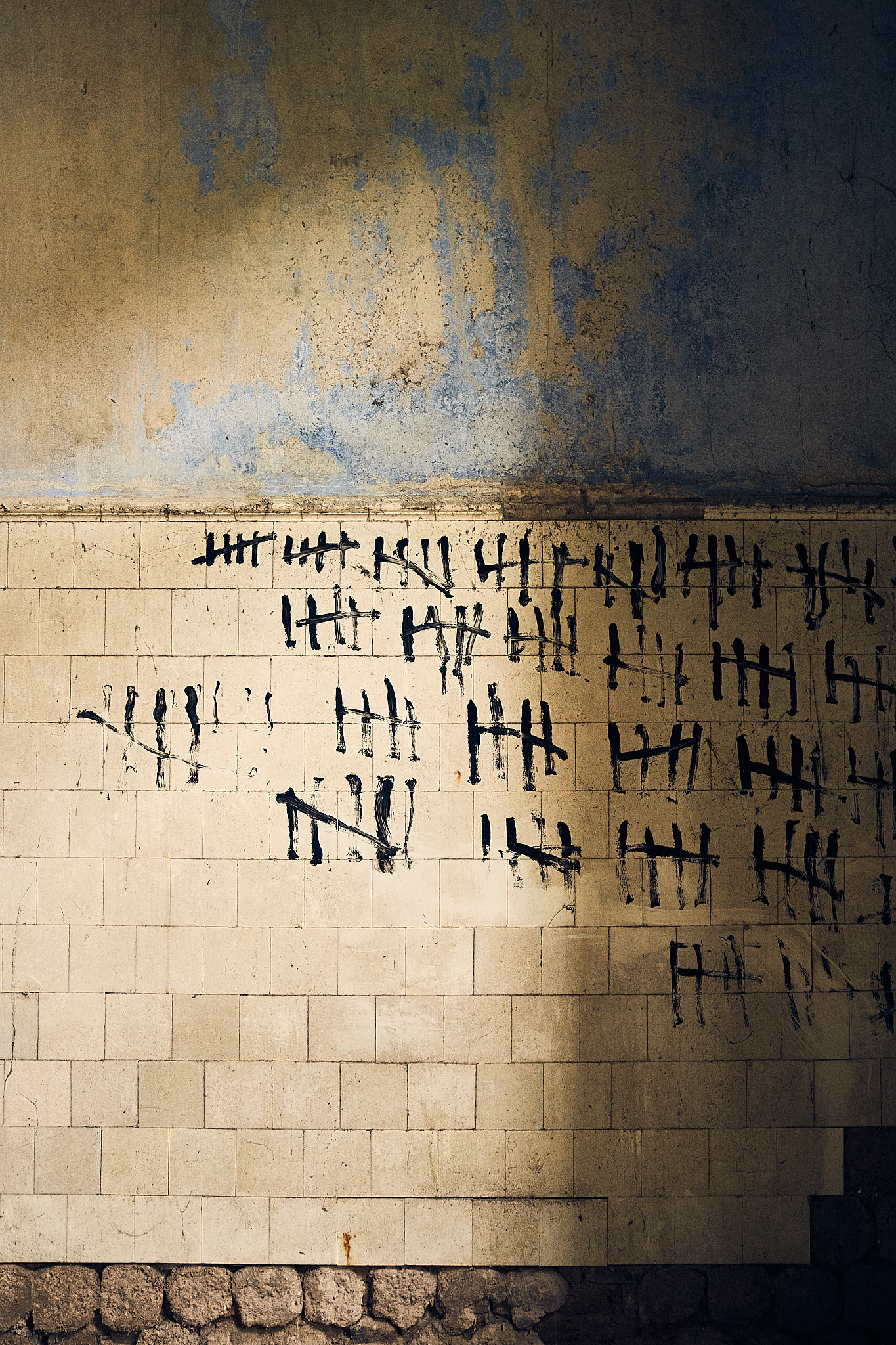
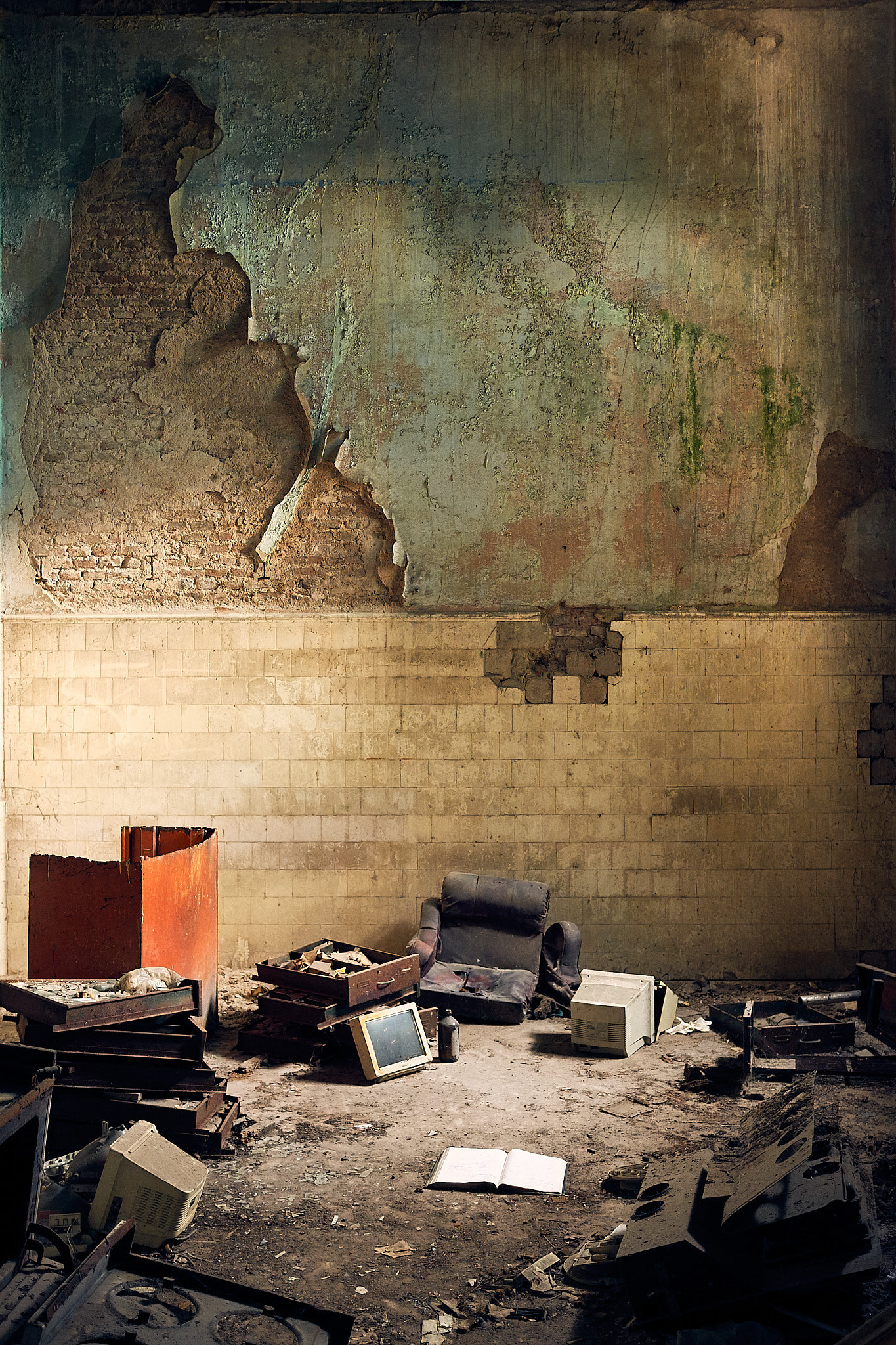
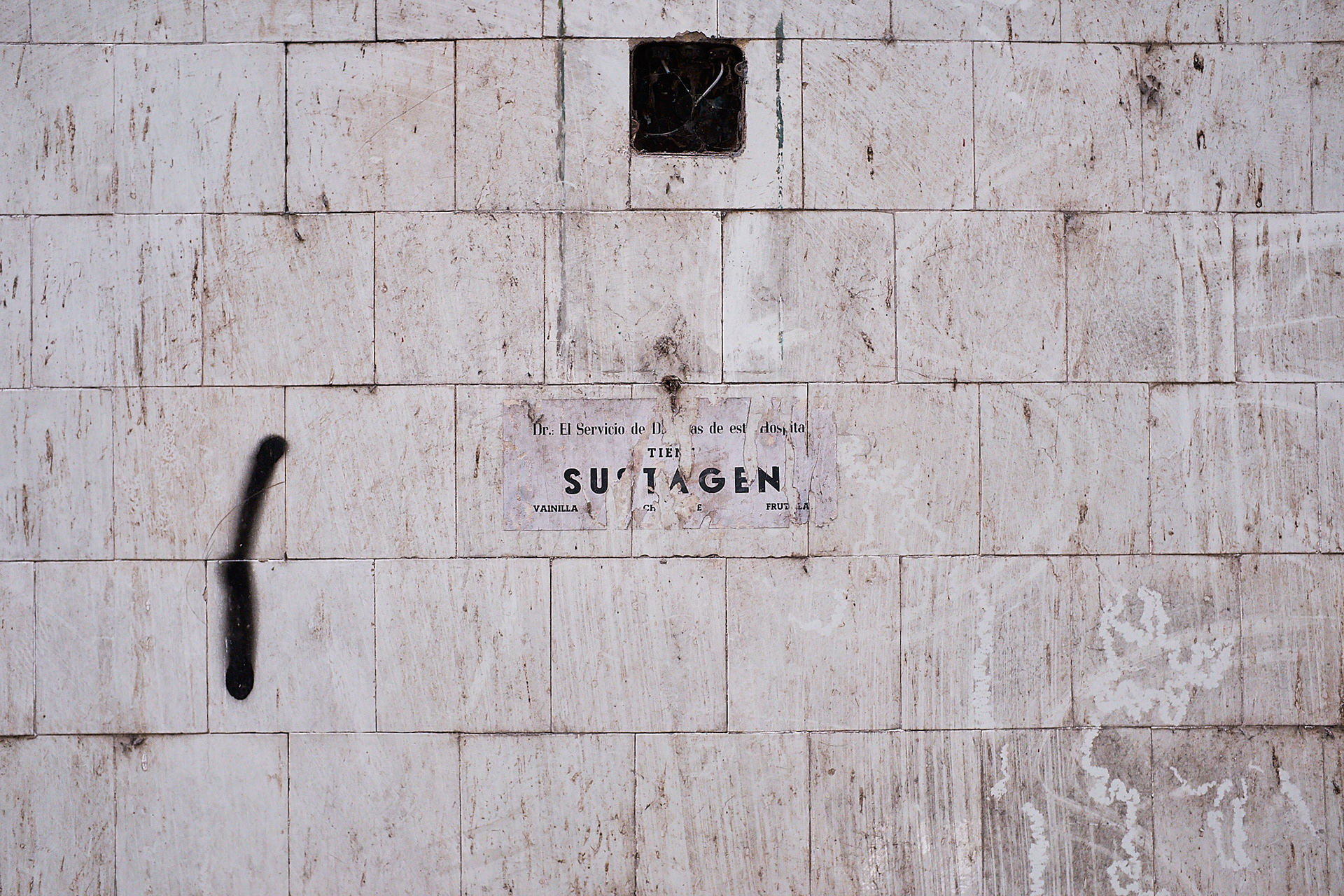
EMPLY TERRITORIES
Ariel Ballester is a contemporary photographer in the strict sense defined by Giorgio Agamben “ The contemporary is the one whose eyes are struck with the beam of darkness that comes from his own time“. He builds his discourse combining the sensitive and the intelligible through images that are based upon the rupture, upon a preliminary between past and present.
The darkness, straight lines and curves in the empty territories present glimpses of metaphors mingling realities actually lived there and ones own imagination. Textures embody not only what is established and felt but also what is whispered and yelled, providing the ruin of times with the phantasmic traces of events as well as with their collapse. His photographs – then- give us information about their shadows. Spectrality begins when everything is over and turns the one who invades the dwelling into an investigador searching for finding which are, on the other hand, an ontological condition go photography.
Framing is the first resource used to restrict information. The eye looks and camera will store what is observed. The event is no longer in its place of origin but safeguarded in the camera through the look. The action of framing includes then, the risk – the danger – of showing the other a subjective vision of the event. His formal and significant elections result in an act of resistance displaying the memory in the present, because the ruin constitutes the evocation and enters into history. His photographs condense a multiplicity of gestures that represent the past and the present moment.
Considering the enunciation as weave between the reference to what is external and its materialization through an interiority, Ruptures makes visible an author who combines documentary aspects with the command of the aesthetic experience. Precisely, from his narrative Ballester calls for a thoughtfulness rising from uncertainties, folds and tensions between what is said and unsaid. It nests at the same time, a look into the future, a glimpse into the becoming.
Alejandra Niedermaier